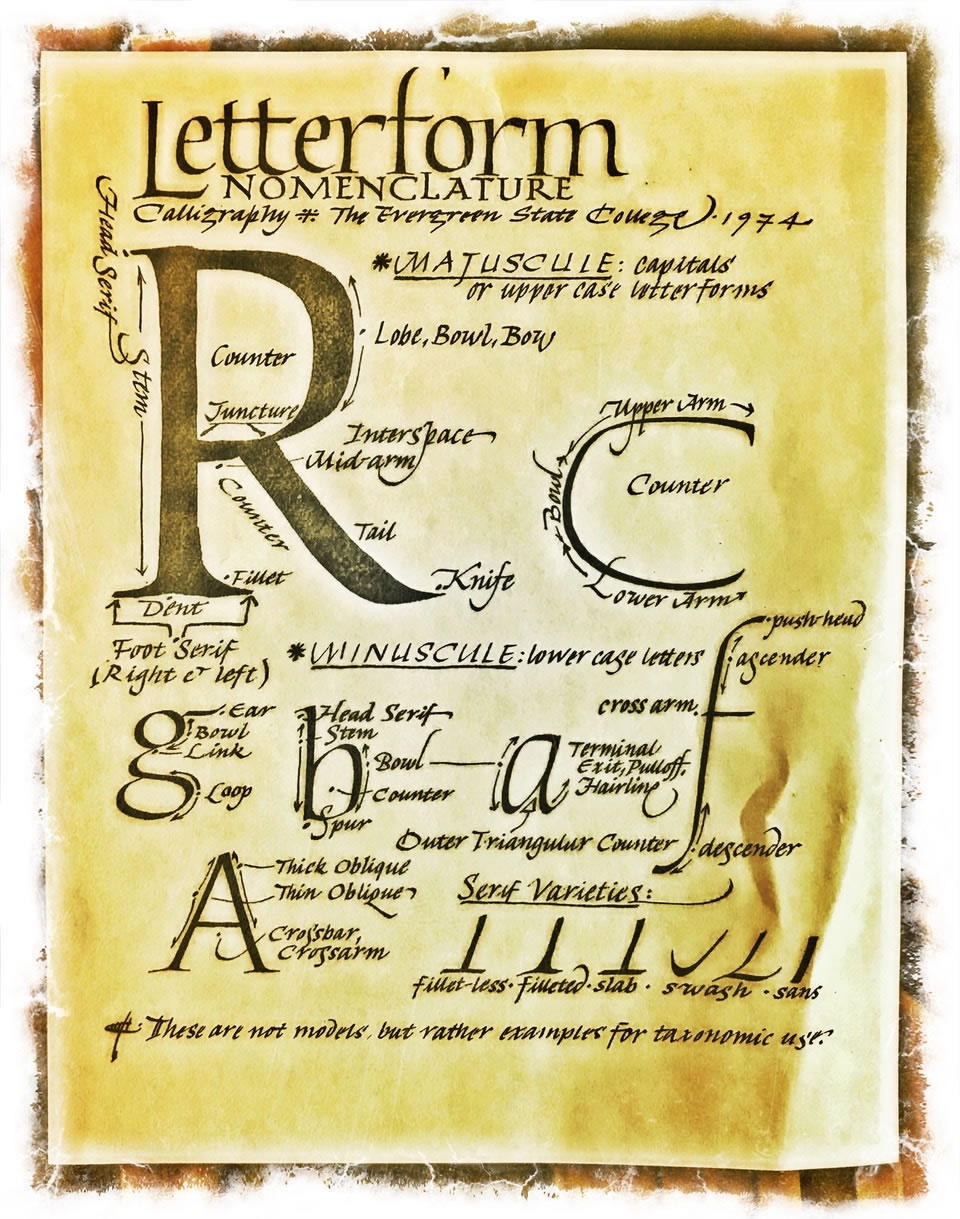
TO GO FORWARD, YOU GO BACK.
WRITE WHAT WAS.
In my own experience, the study of the craft of design — which is, as we have explored — the signing of persona and intention, message and visual character, personally interpreted.
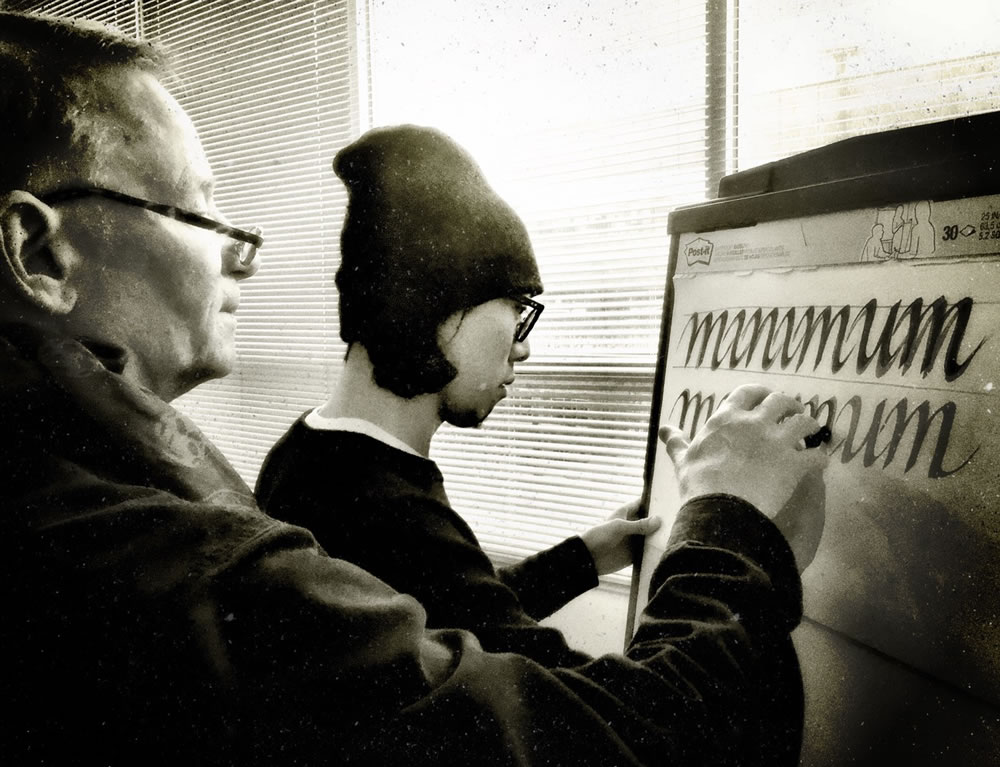
To presume that a designer acts as a kind of informational automoton — robotically feathering solutions like some set of winding gears — forgets the holistic character of how people actually interpret.
Interpretation is an ancient syllabic amalgam — the PIE seed sound of “per,” combines with “inter” which is a Latin explication of “inner, between.” So to interpret is to translate between — to traffic in an idea that lies between composite ideations.
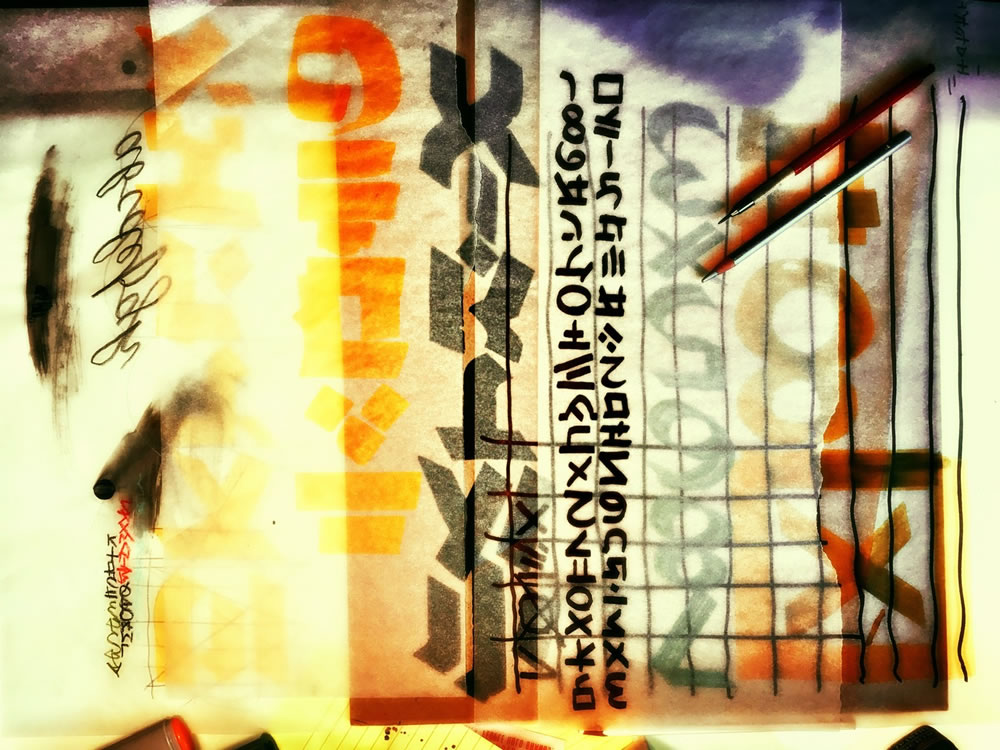
As a designer, one must interpret, and that would be always inside the construct of experience, history, exploration and exposure.
And most importantly, what have you seen —
and what did you see?
It’s one thing to see something, it’s another to know and stand inside the sighting: “understanding.” There is know-how, there is knowing and there is the wit [the Norse Witan] of knowing. But these nuances are sidebar to my exploration: if you’re thinking about grasping the mysteries of the alphabet and its movement through time, then you should:
walk it,
talk it,
draw it —
so that in a string of studies so you can know, in the action of mind, memory and fist,
how those transitions happen.
Working on some logo studies yesterday, today, I realize that I’m literally drawing on, breathing time in the free-throw of calligraphy draftings that are inherently founded on thousands of years of scriptural evolution and decades in the study of paleographic history.
Go back,
to
go forward.
That’s what we do in the class, which I began teaching back in 1973-4 — as noted in the Evergreen State College workshop exemplar at the head of the blog, above. Back then — the mid-70s — I taught a sequence of explorations which examined the alphabet in a kind of cultural transitioning — studying the spirit of the alphabetic rendering, the idea of it: the scribal craft, in the cultural stance of
an ancient Egyptian scribe named Dersenedj from around 2400 BC
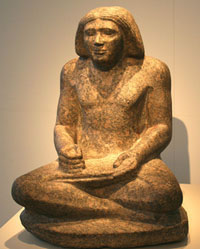
the learned nature of the ancient Egyptians [scribe and priesthood;] the impressional tactility of
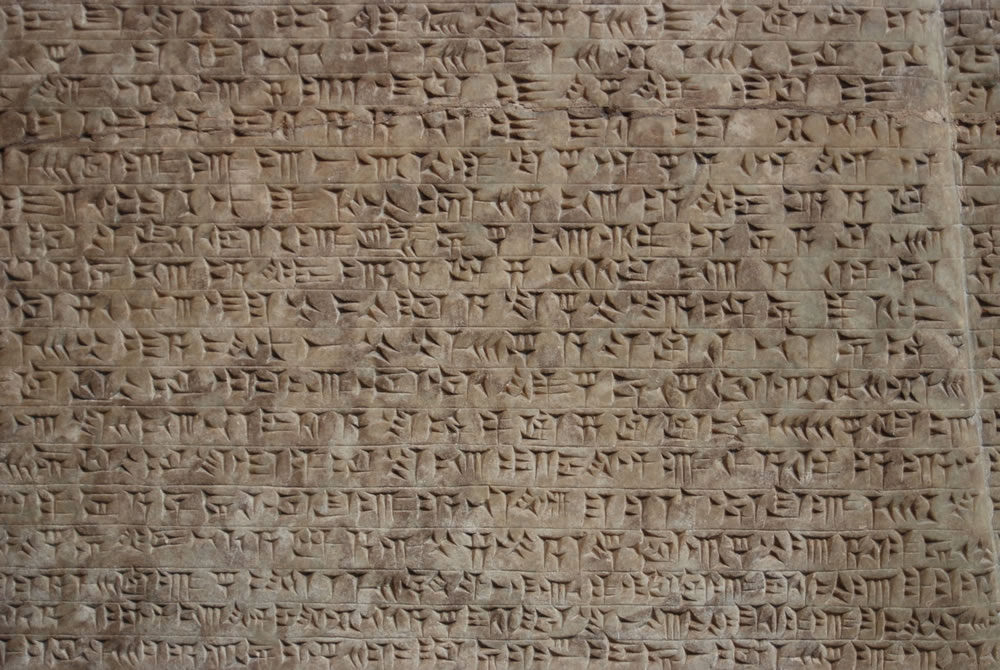
the cuneiform of the ancient Mesopotamians
[the scribe, law and order.]
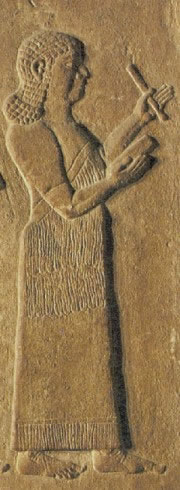
And we moved to China — the script as a
sorcerer’s and shamanic oracular reading.
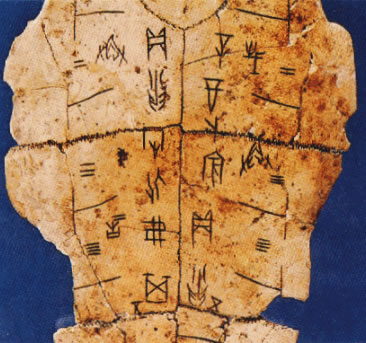
And we studied the seals of
Mohenjo Daro’s forgotten language.
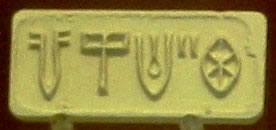
Greek alphabetic mysteries — numerations and coded writings.
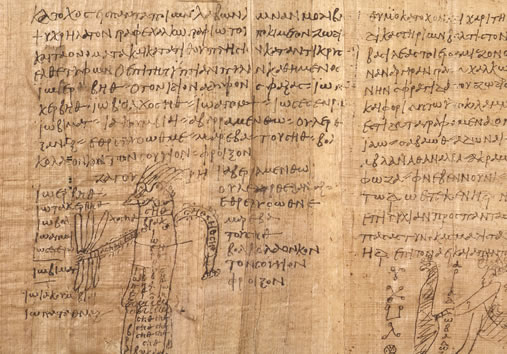
We walked into Japanese calligraphy, Zen and spiritual meditations on warriorhood, the samurai way and artful mastery.
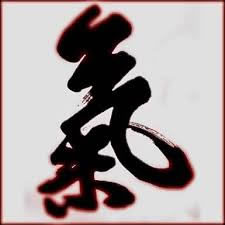
We looked into South China and Indonesia.

And we worked ancient Rome,
Imperial calligraphy and stone-cutting,
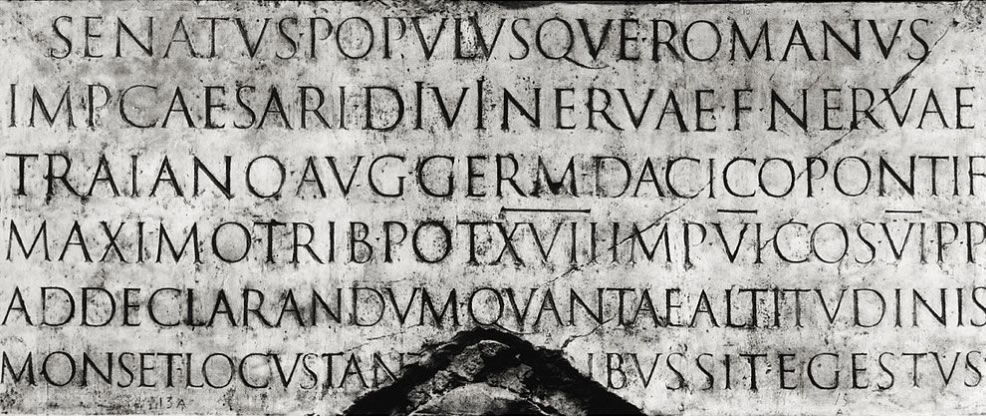
the legacy of North Africa and Islamic style — the meta skills of the legendary a’qalam-i-sittah — the six styles of the pen;
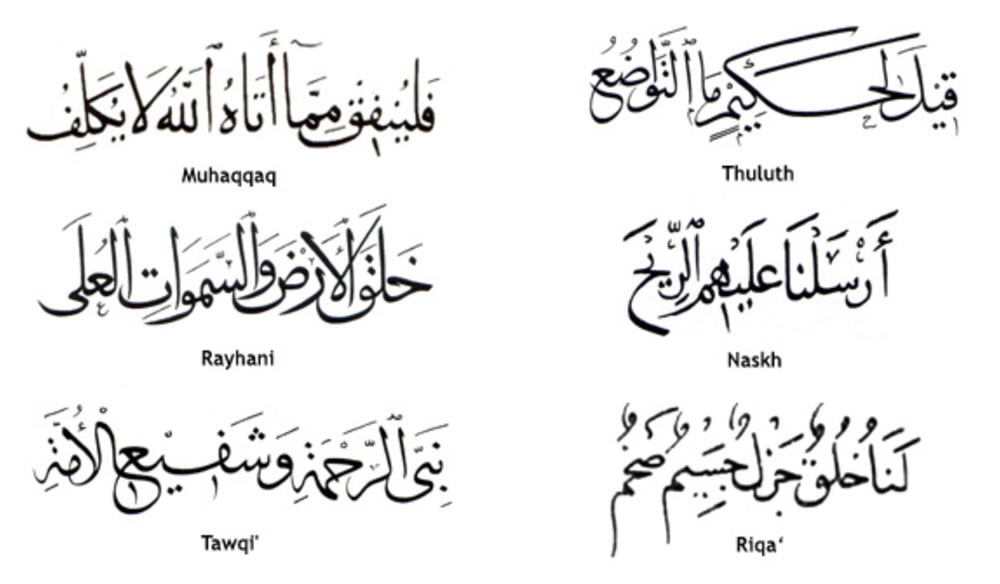
and we strode, finally, into 16th century Europe,
the calligraphy of the Italian Renaissance.
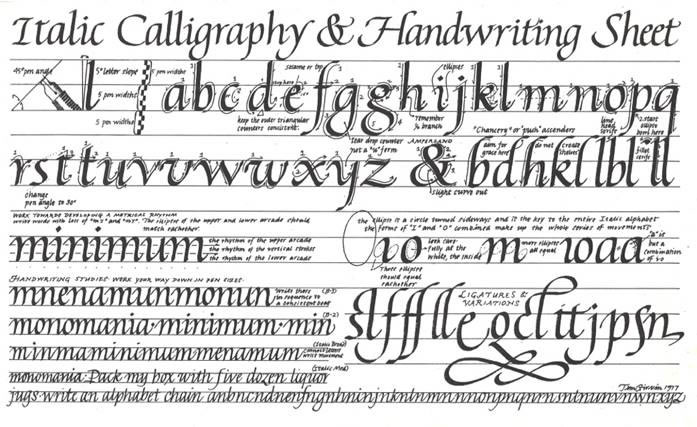
This is where the modeling diverges from my teachings earlier.
At GIRVIN, we explore as a team, strings of alphabets as a movement, multiple centuries at a time, walking back from
the 19th century to 1000 years BCE.
The point to this study regimen is to walk back, from something recognizable to alphabetic renderings that might be graspable,
yet are unfamiliar in their totality.
[Image below: Mexican “Gothic”]
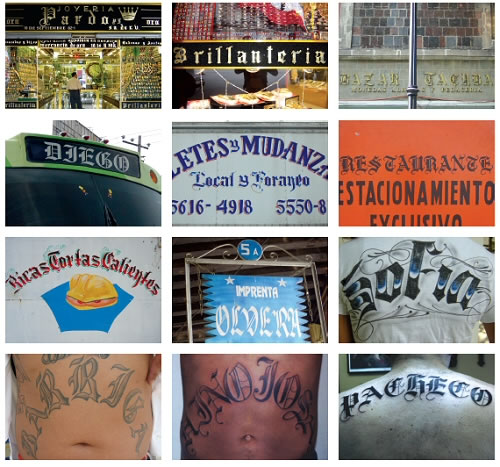
Surely most of us have heard of “Gothic Script.”
But do we know how it happened?
It’s been my intention that exploring the history of the letterform, it’s more interesting to walk through it, know the time and cultural context, move into the ethos and draft letterforms with some consciousness of place and contextual awareness than to merely “copy” stuff.
So we talk that. Walk that.
Looks like this:
Every session involves exemplars, manuscripts and worksheet.
Stories are told on timing.
We talk, walk and work:
1.]
19th century Victoriana
[1800s Spencerian]
2.]
The era of the writing masters:
The Calligraphy of the Italian Renaissance [16th century]
3.]
Emergence from the Dark Ages:
The Script of Humanism [14th century]
4.]
The Bastard script of the Middle Ages:
Littera Bastarda [14th century]
5.]
The calligraphy of a world lit only by fire:
Black Letter [10th century]
6.]
The enlightenment of Alcuin of York
and Emperor Charlemagne:
Carolingian [9th century]
7.]
The mind boggling minims of St. Benedict at Monte Cassino:
Beneventan [8th century]
8.]
The Marvels of Lindisfarne and Columban Monastic Creativity:
Insular Half Uncials [7th century]
9.]
The legacy of stone, accelerating the script to papyrus and vellum:
Uncial [ 6th century]
10.]
In the graffiti style of Rome:
Rustic Capitals [3rd century]
11.]
Quadrate capitals drawn to scroll and broadsheet:
Square capitals [2nd century]
12.]
The big brush work of the
Imperial masons and signage designers:
Imperial capitals [1st century]
13.]
The matrix of inscriptions:
Stoicheion [9th century, BCE].
A Carolingian study
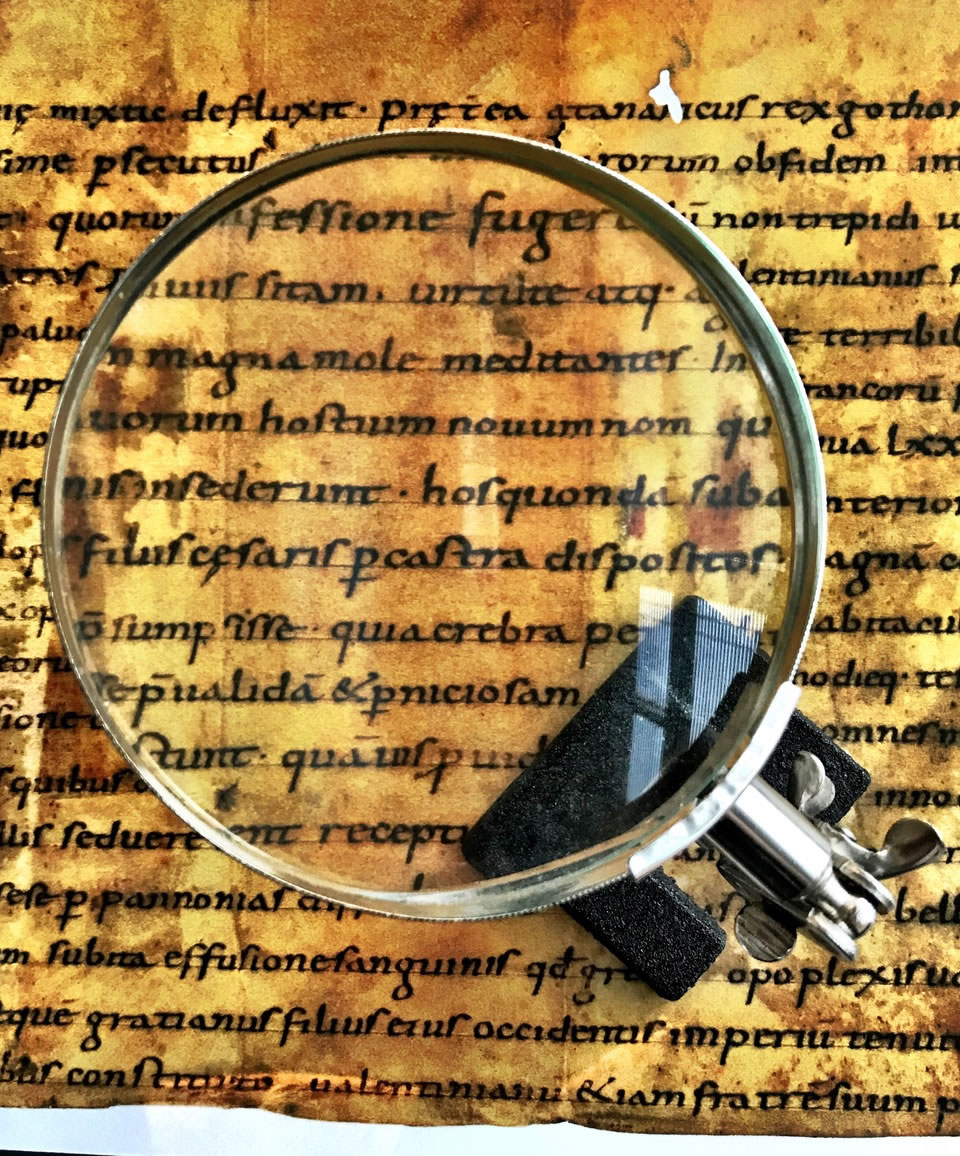
Scrittura Beneventana
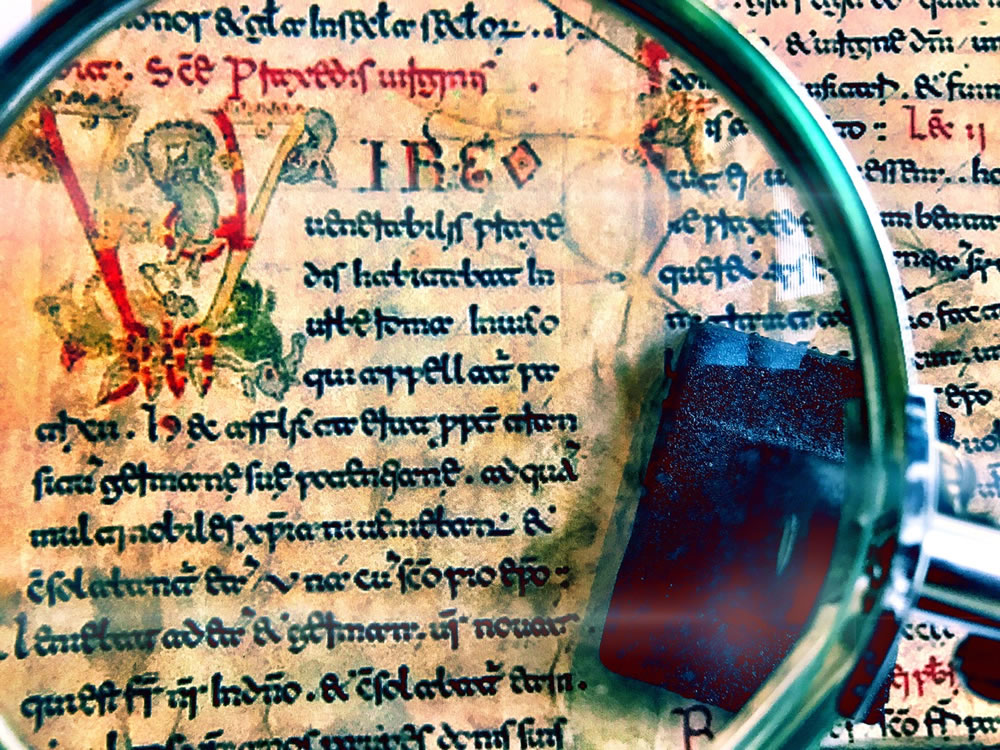
Textura Quadrata
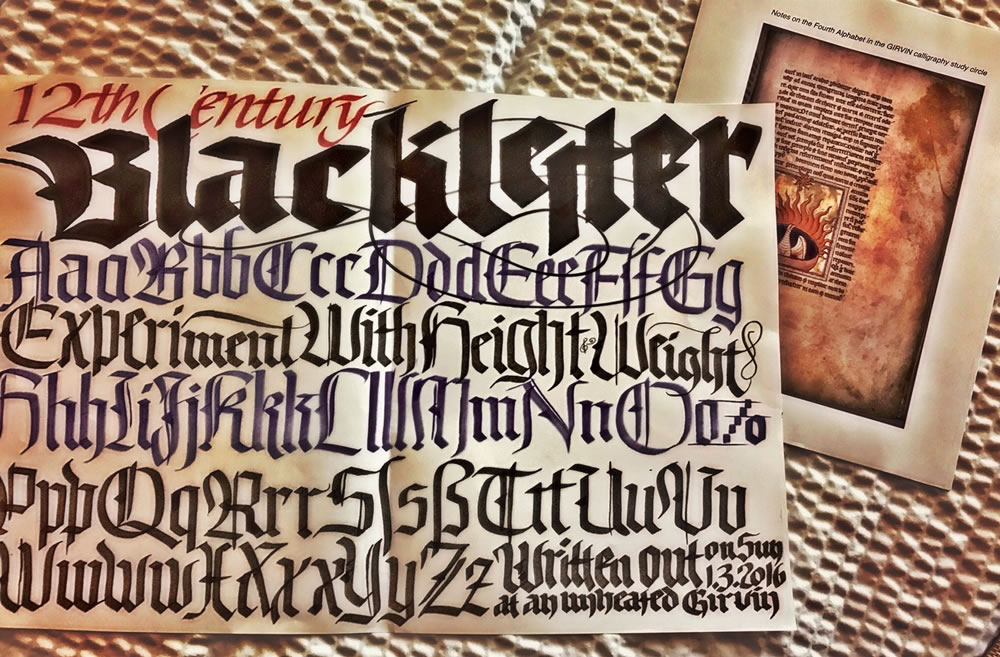
Insular Half Uncial
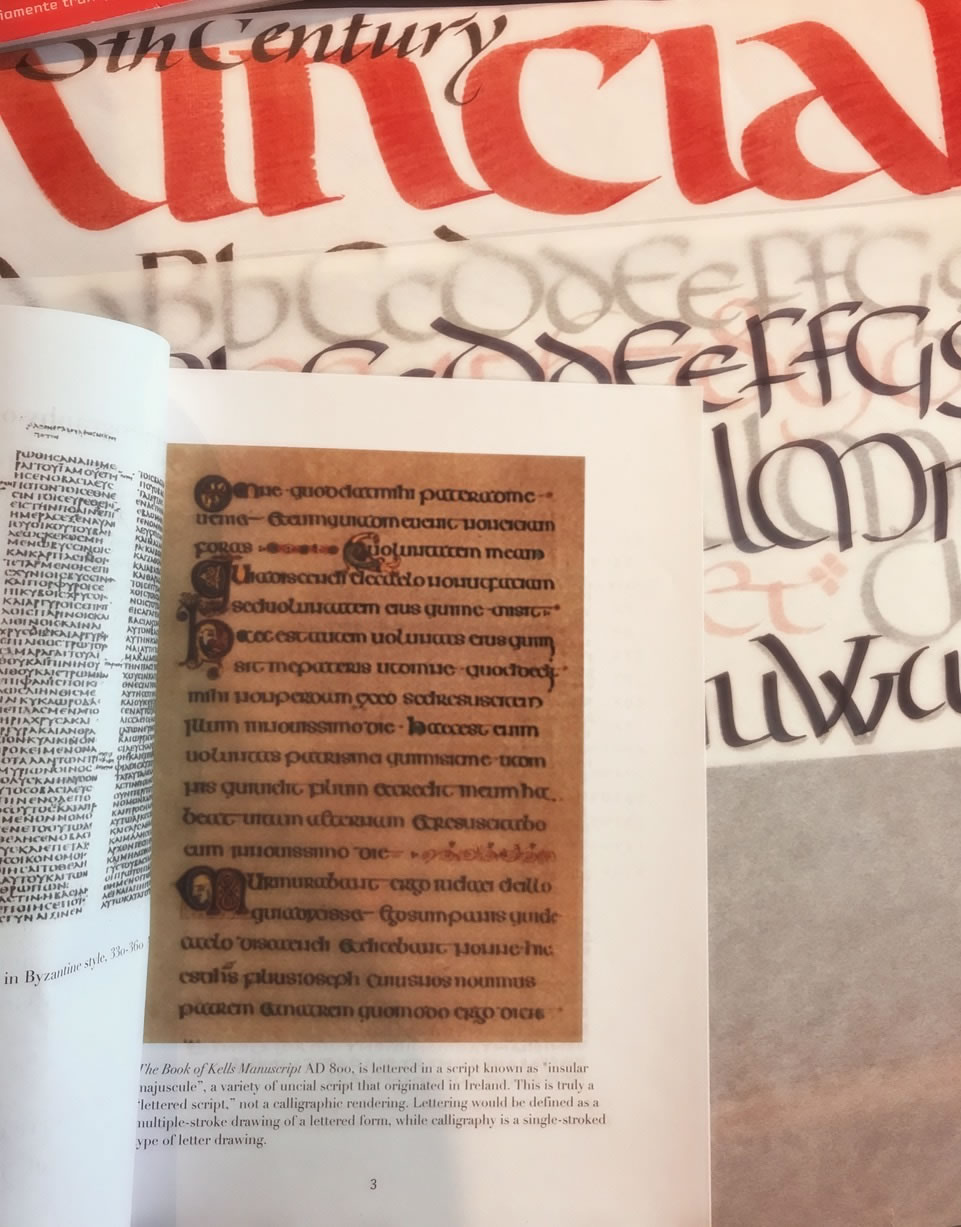
Experiments in littera antica
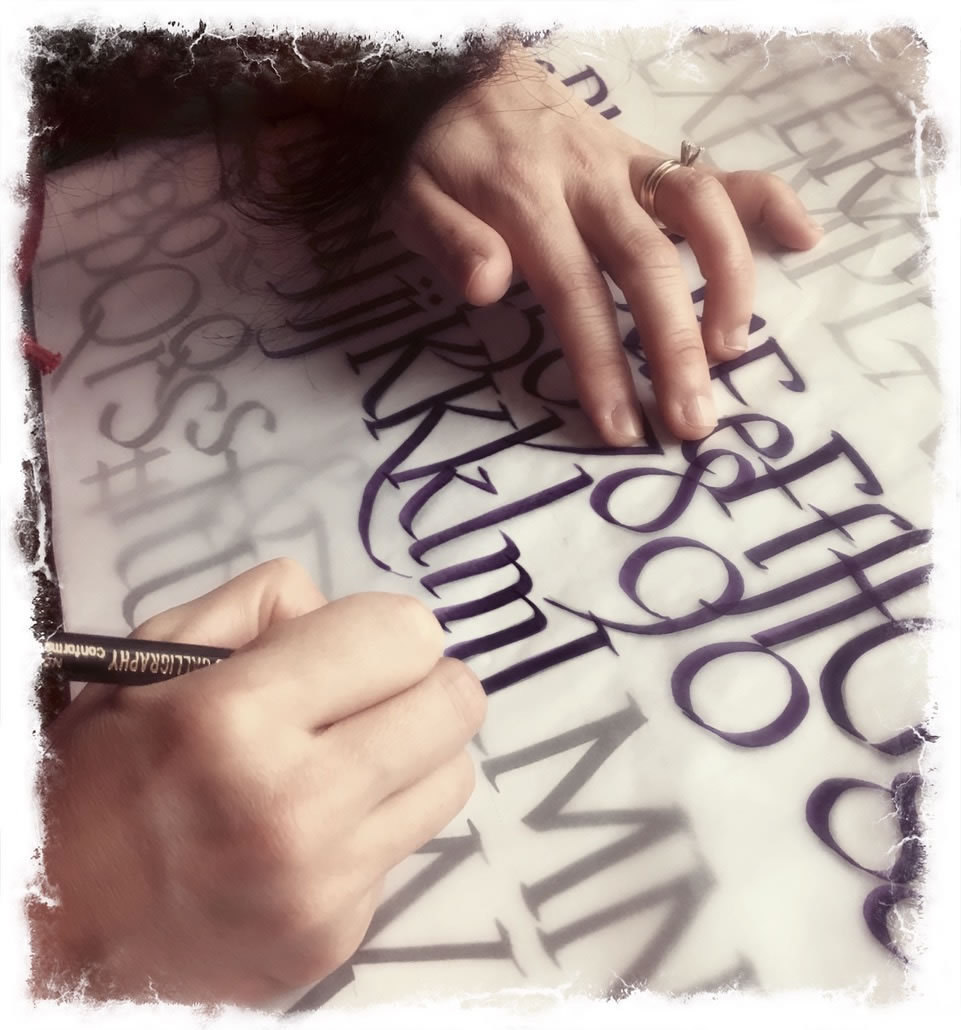
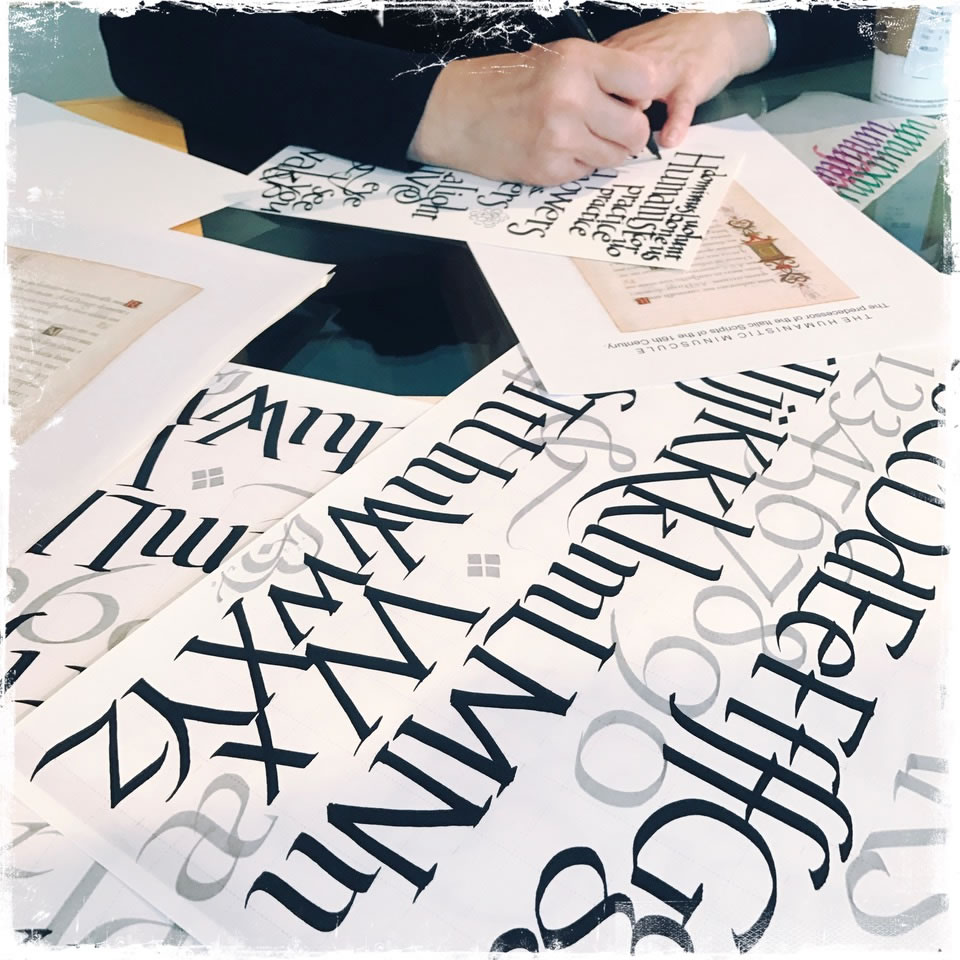
The early cast font renderings of littera bastarda.
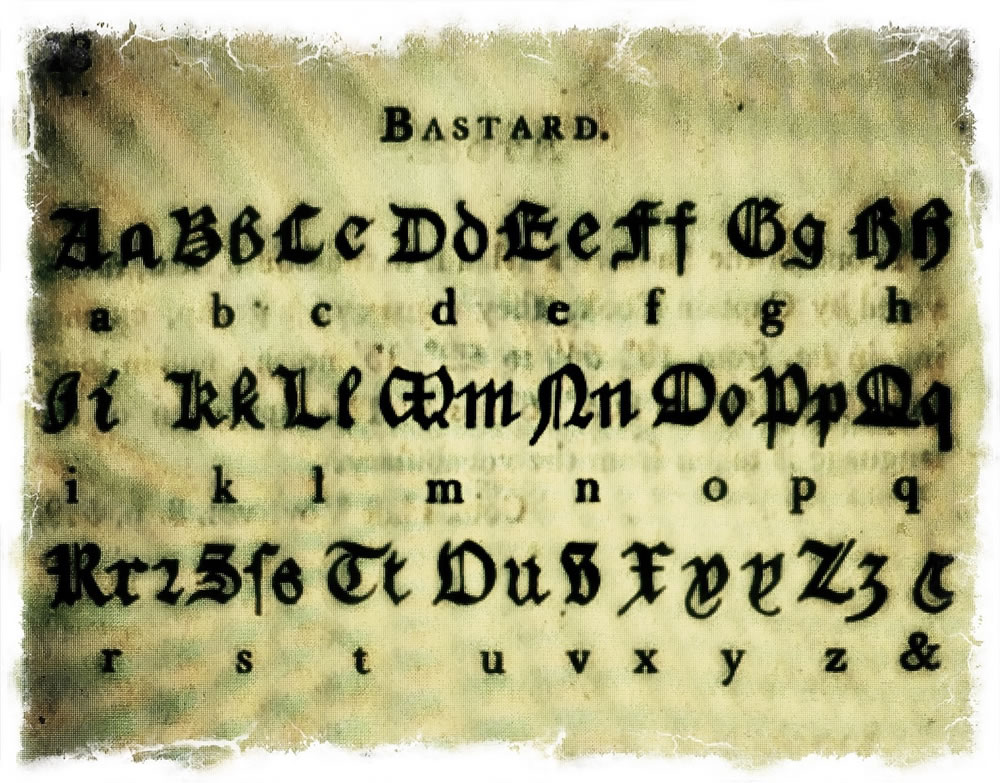
Class experiments in Spencerian
and the tools that make them:
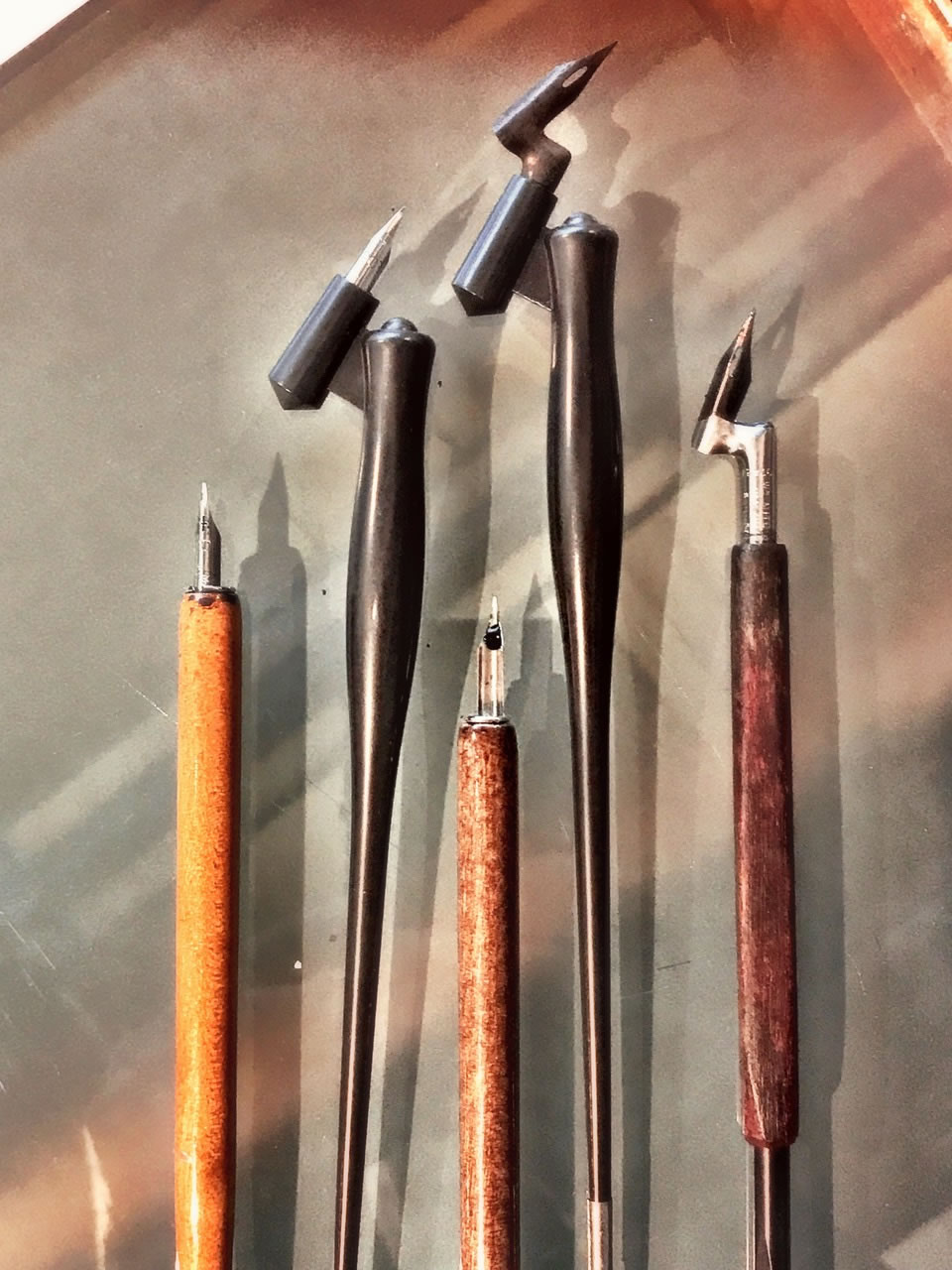
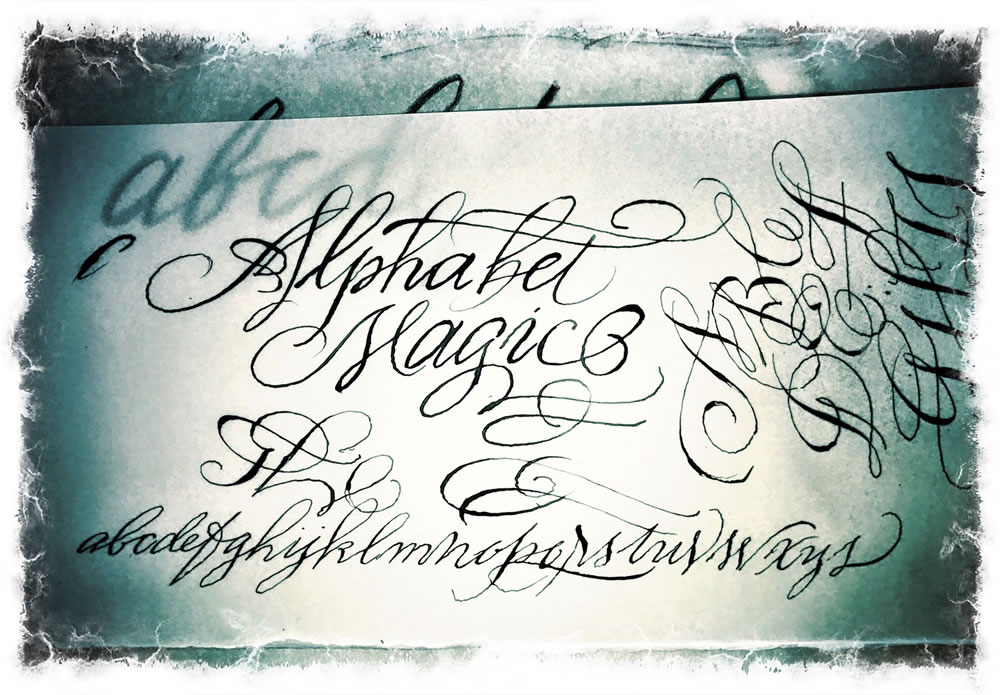
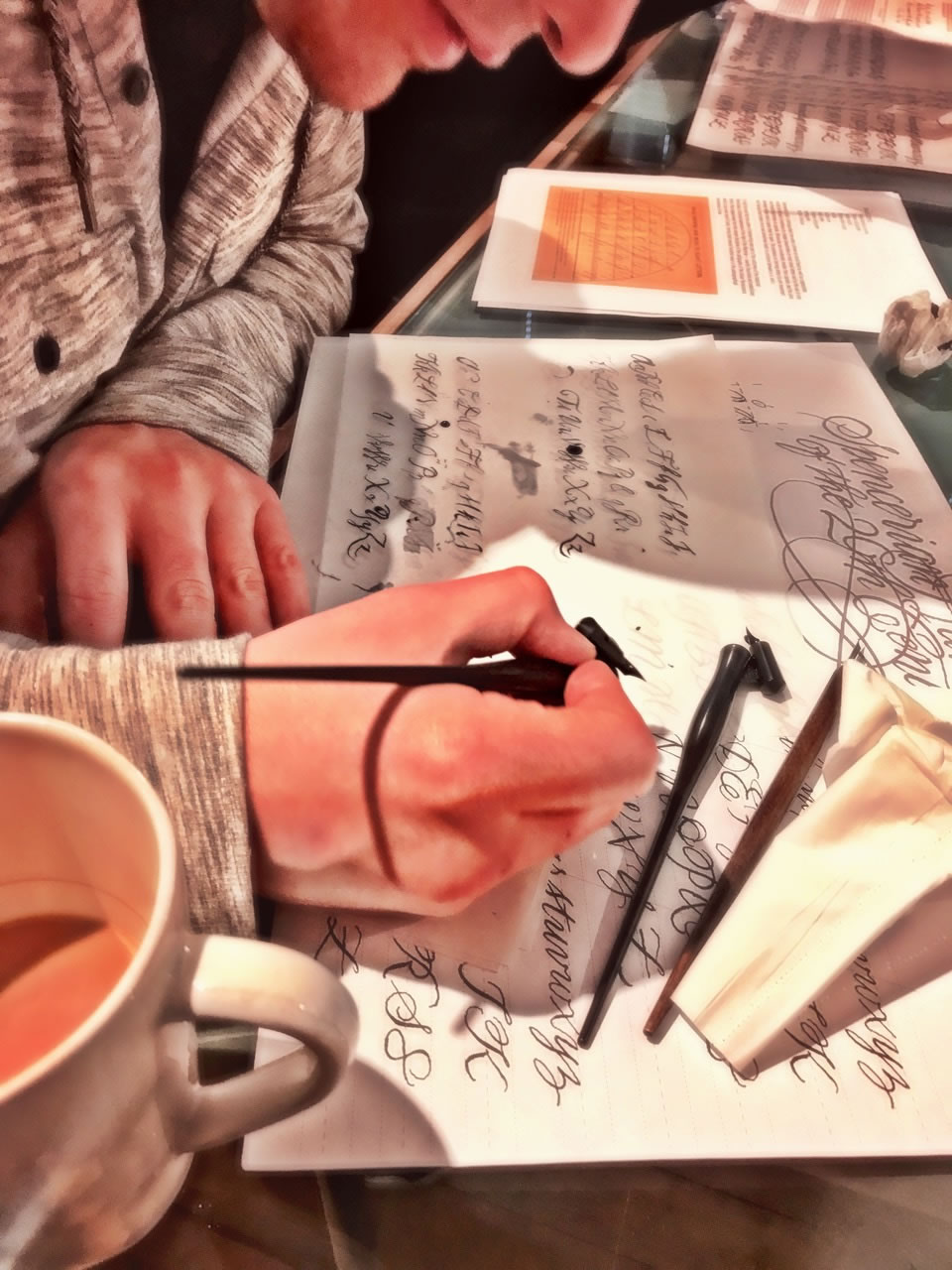
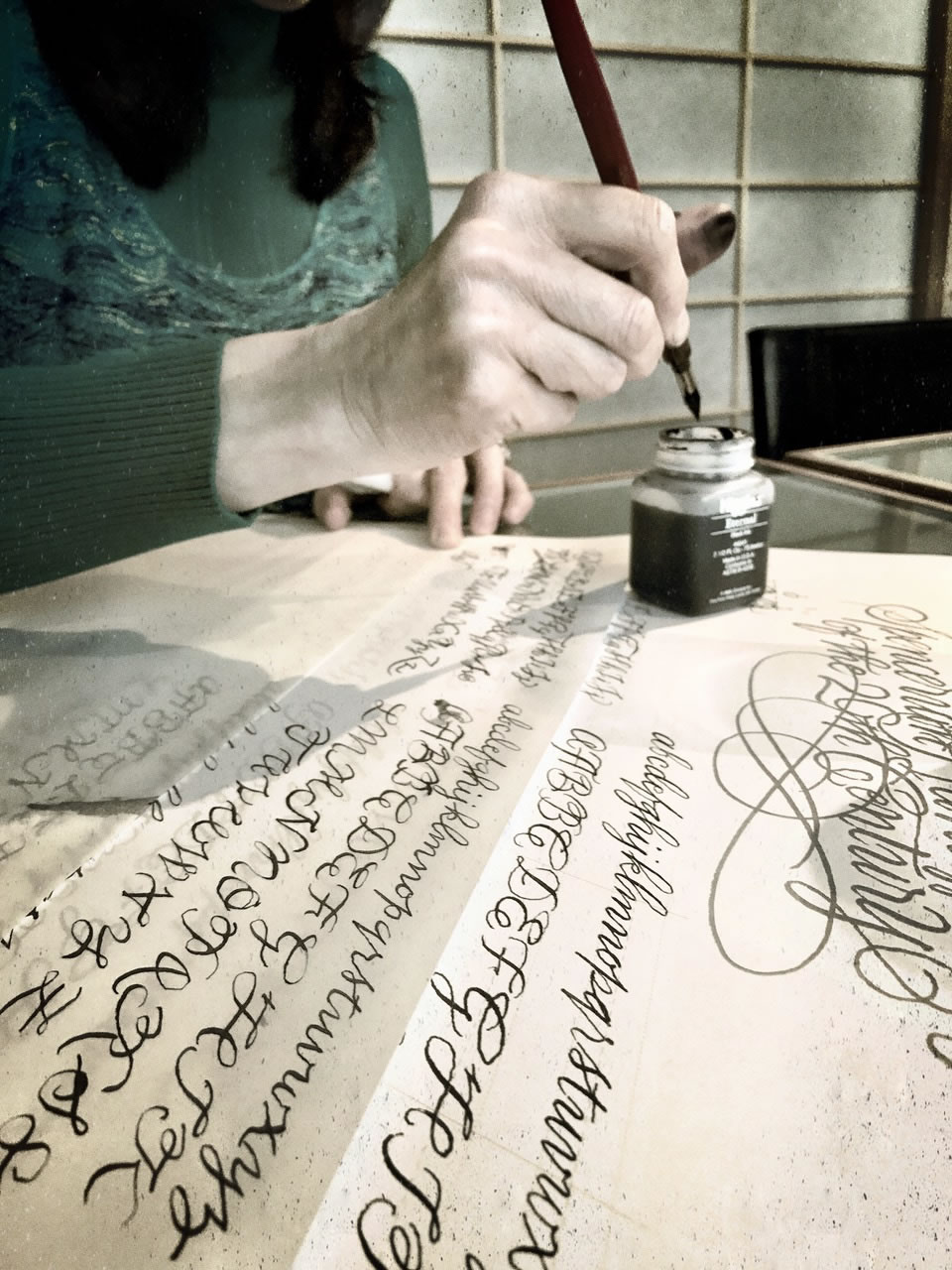
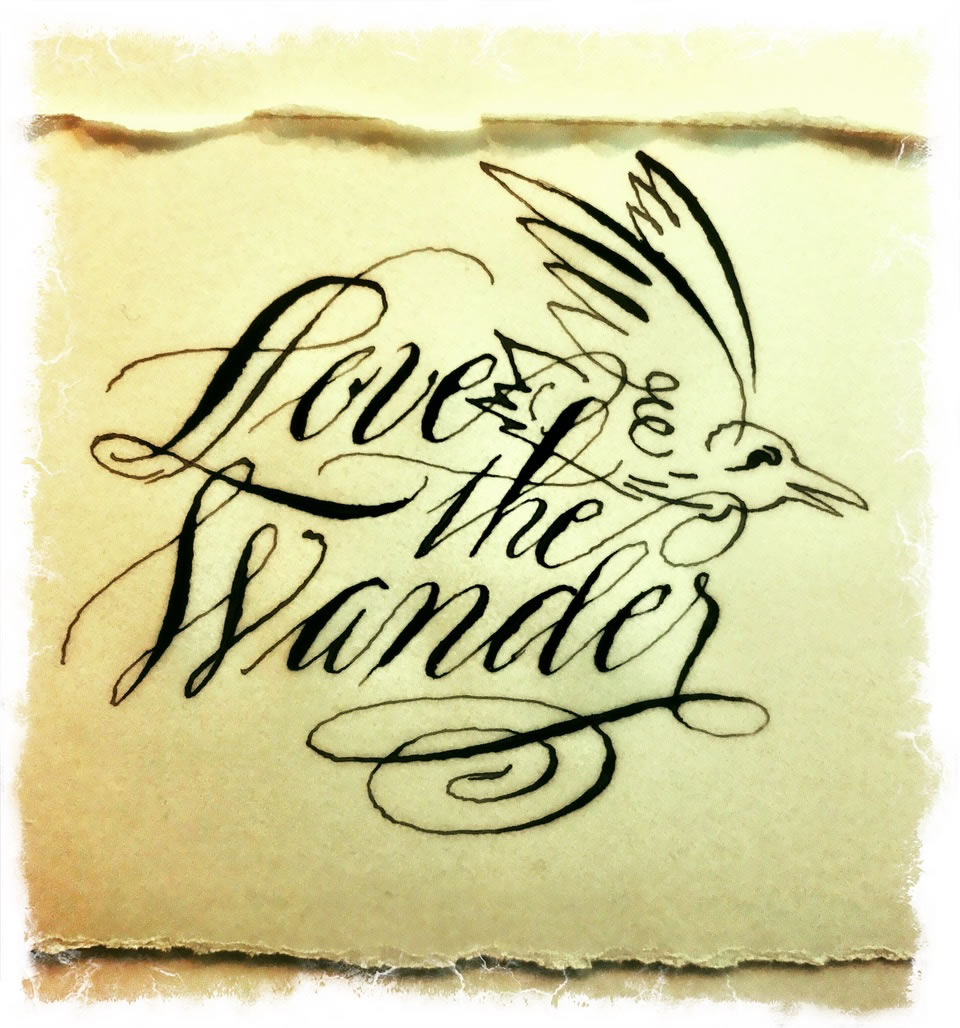
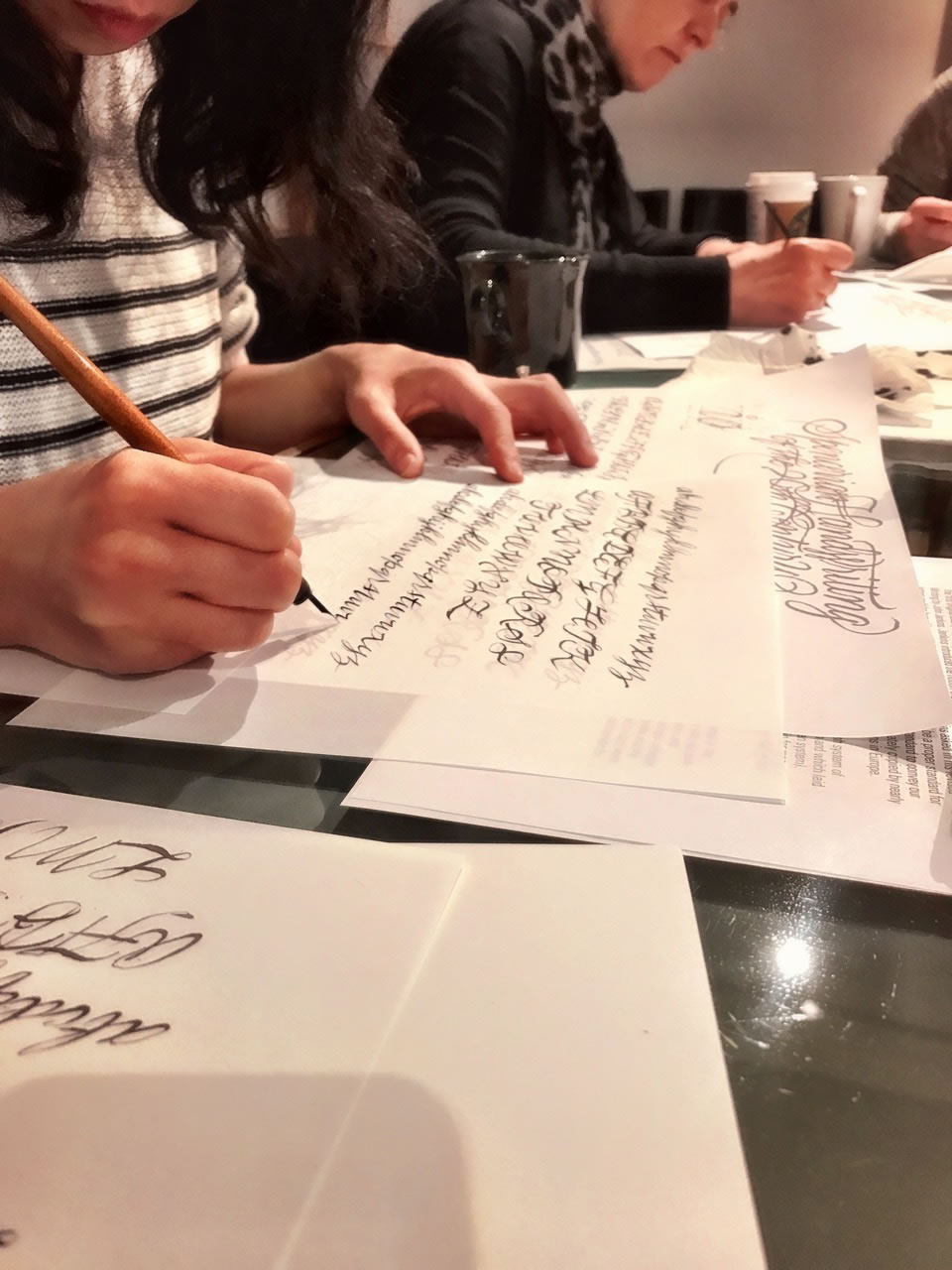
A Bastard exemplar
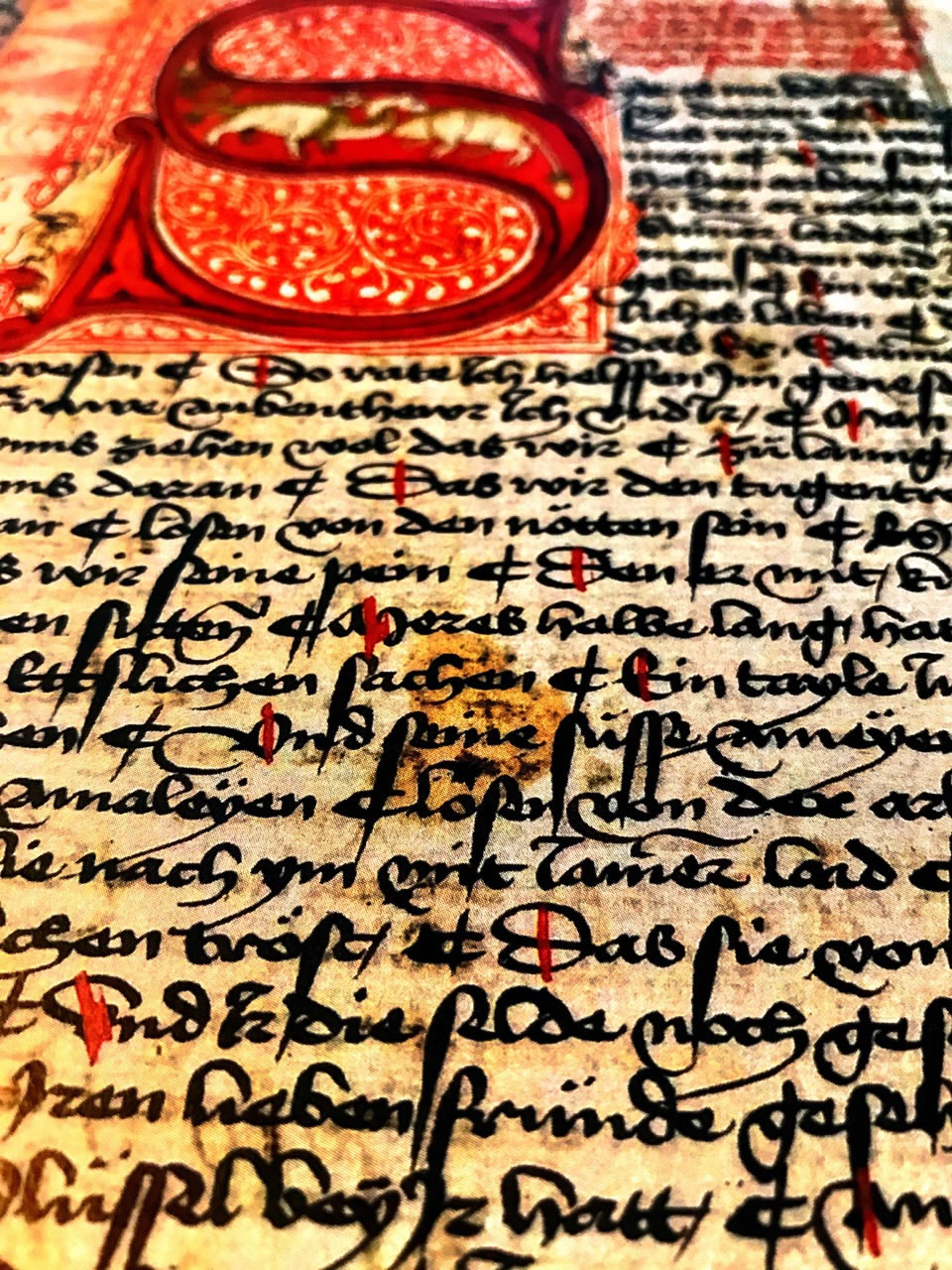
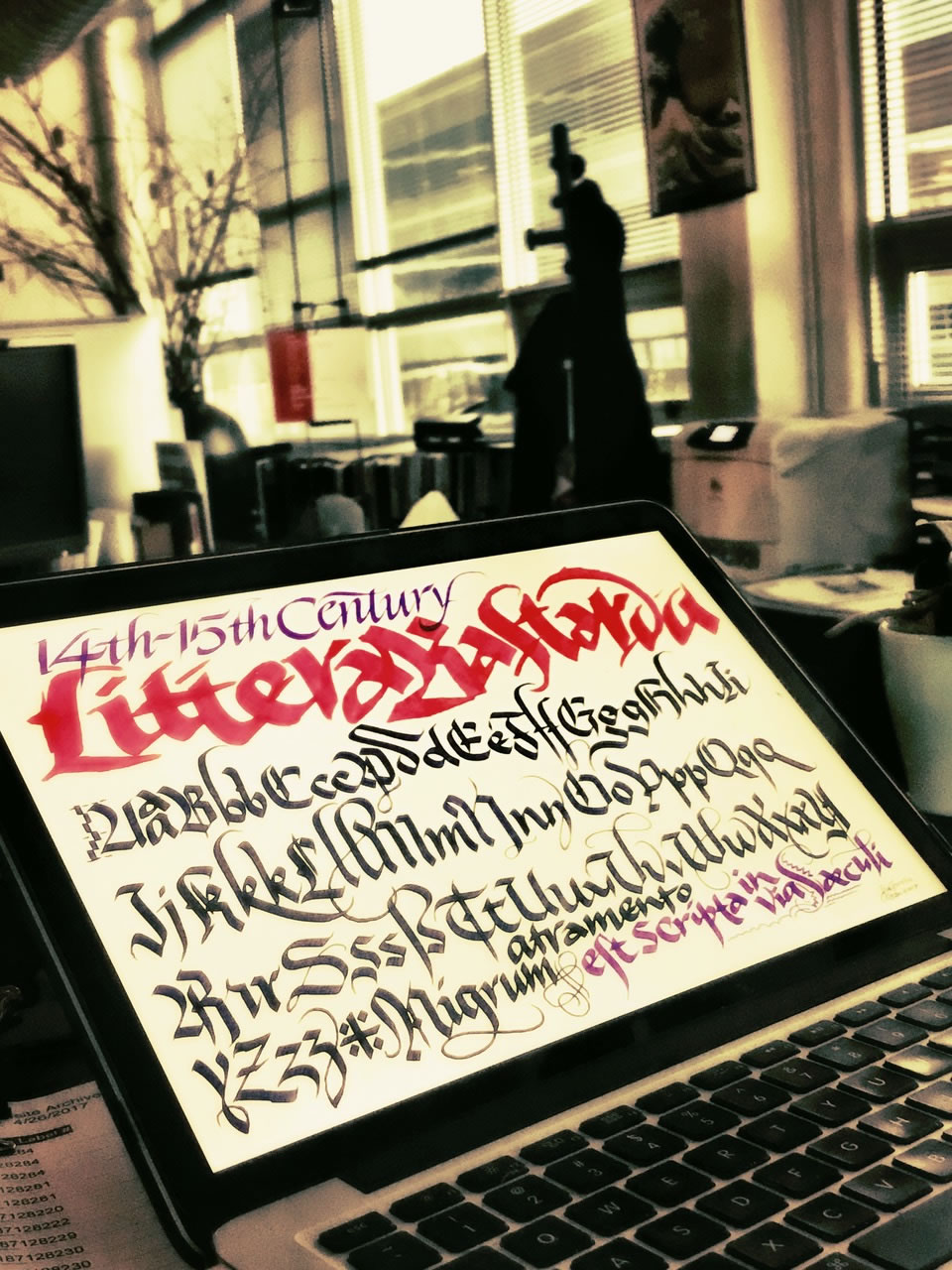
Paleographica Carolingianus
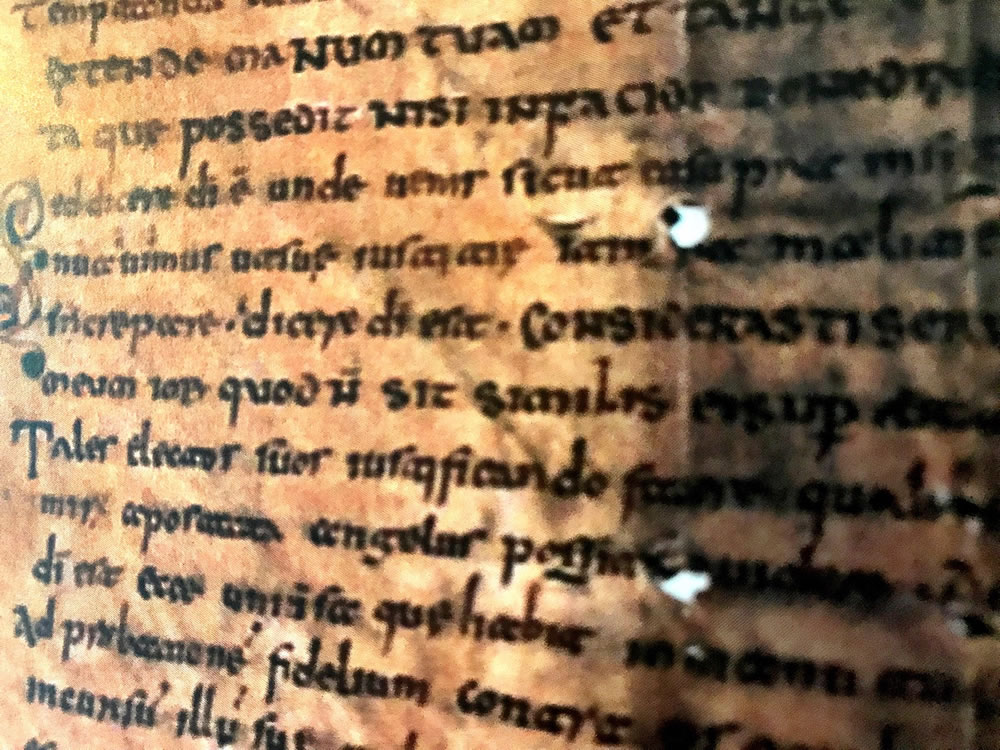
The minims of the Italian Renaissance
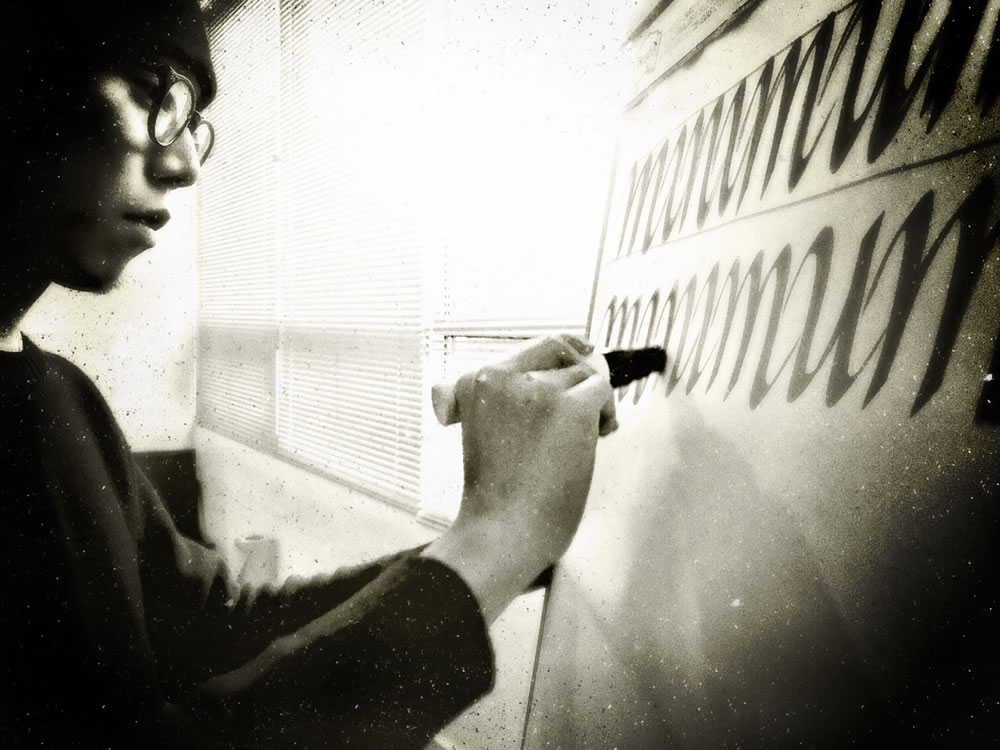
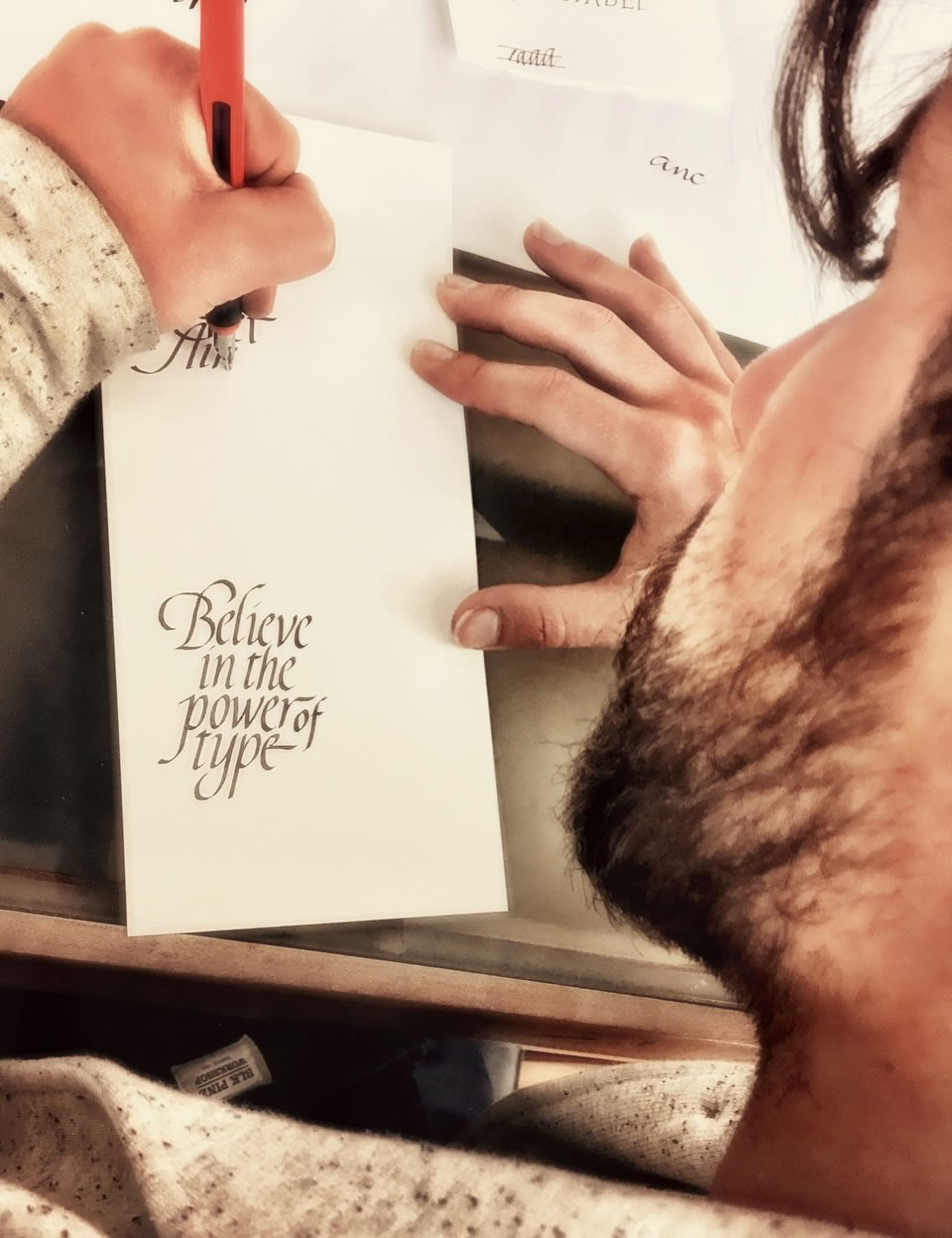
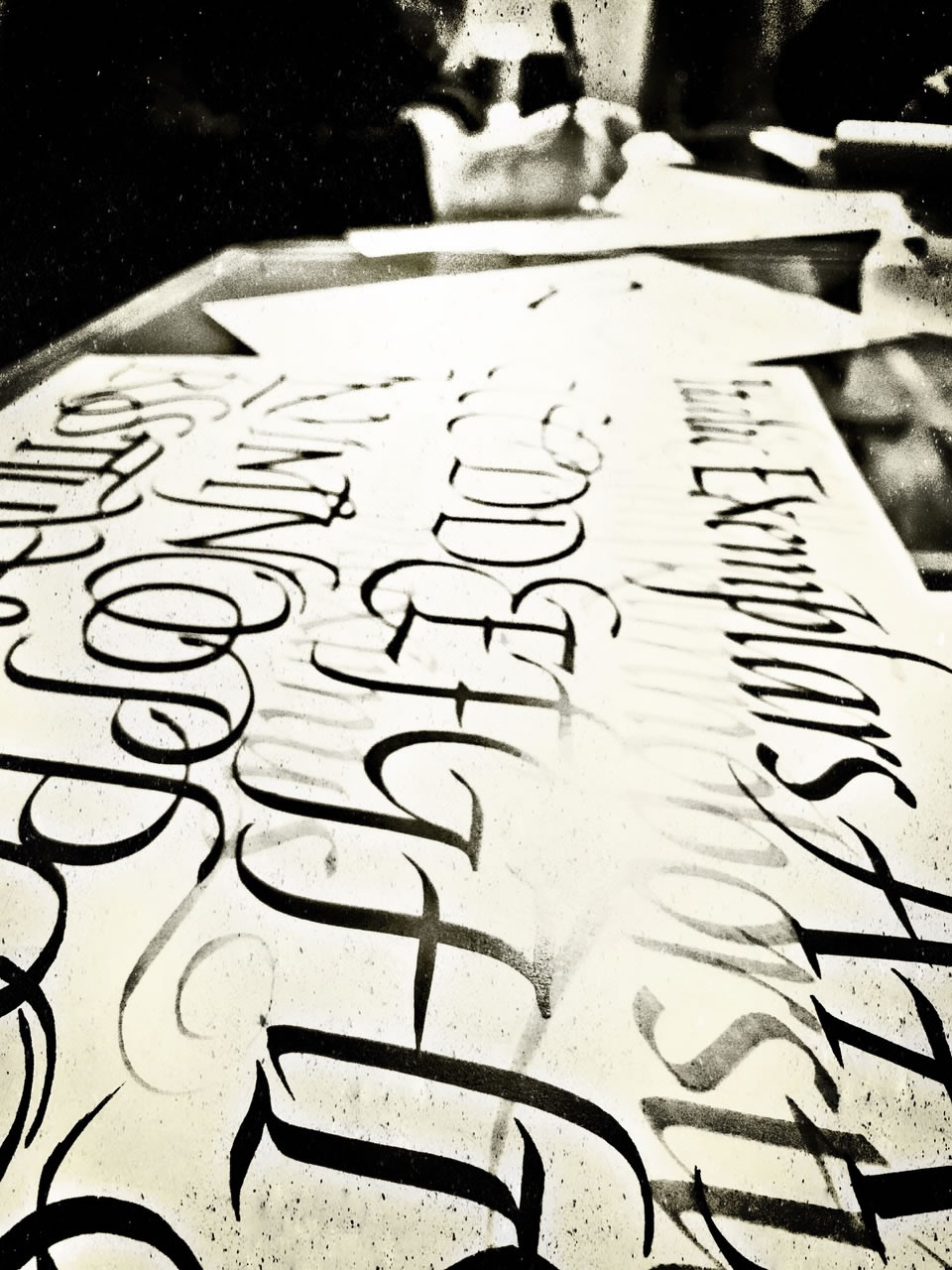
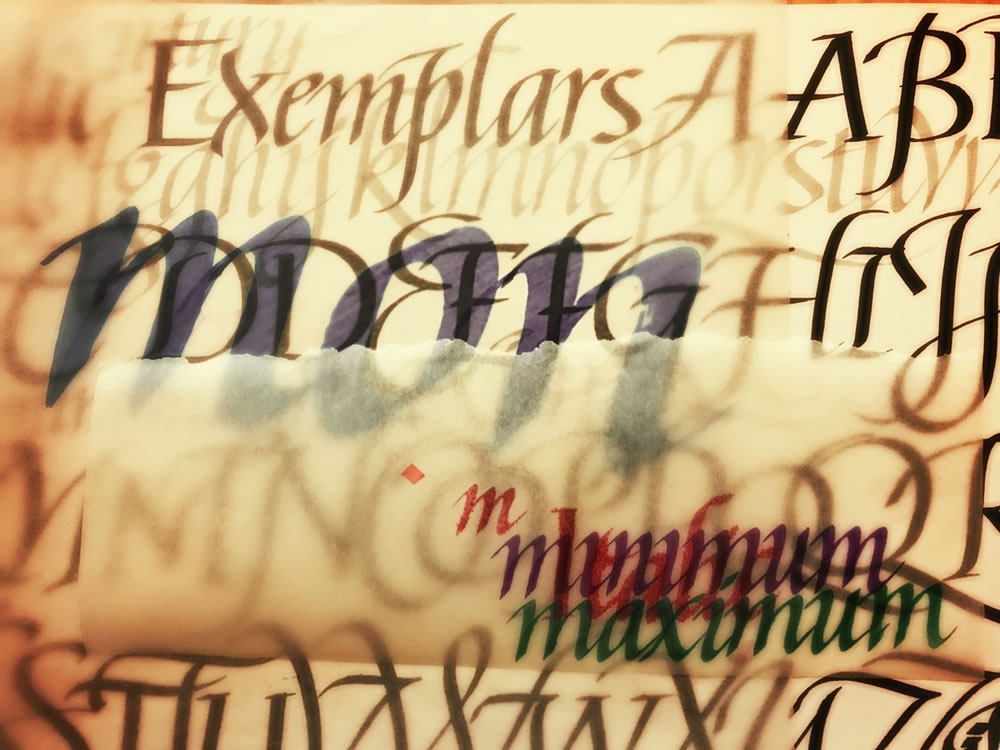
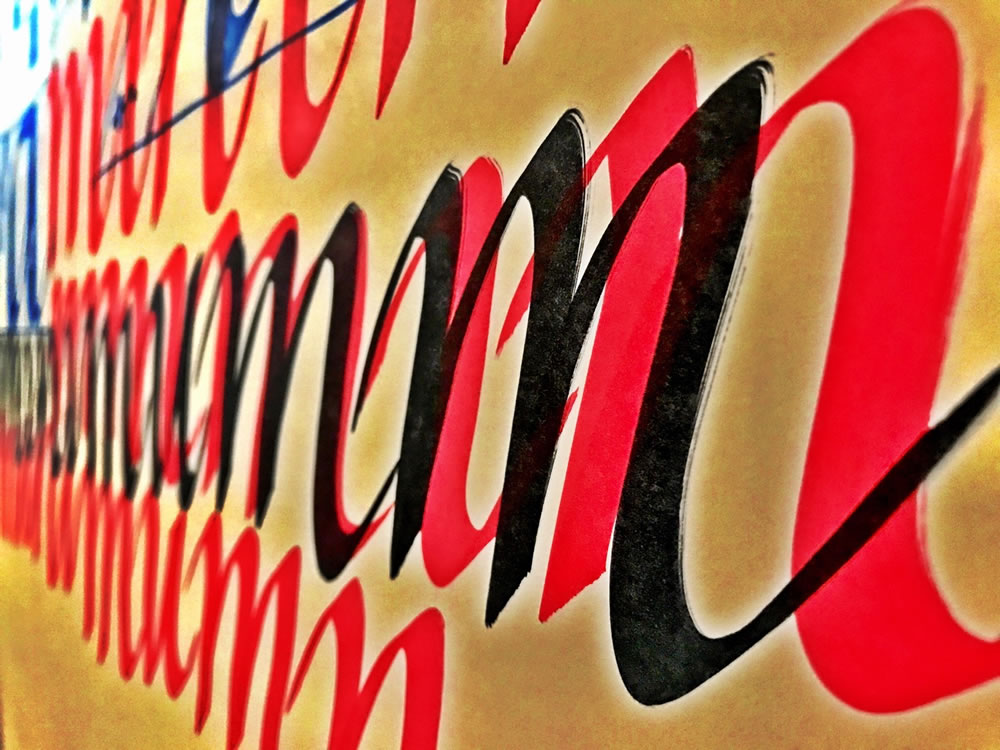
Manuscripting humanistica cursiva
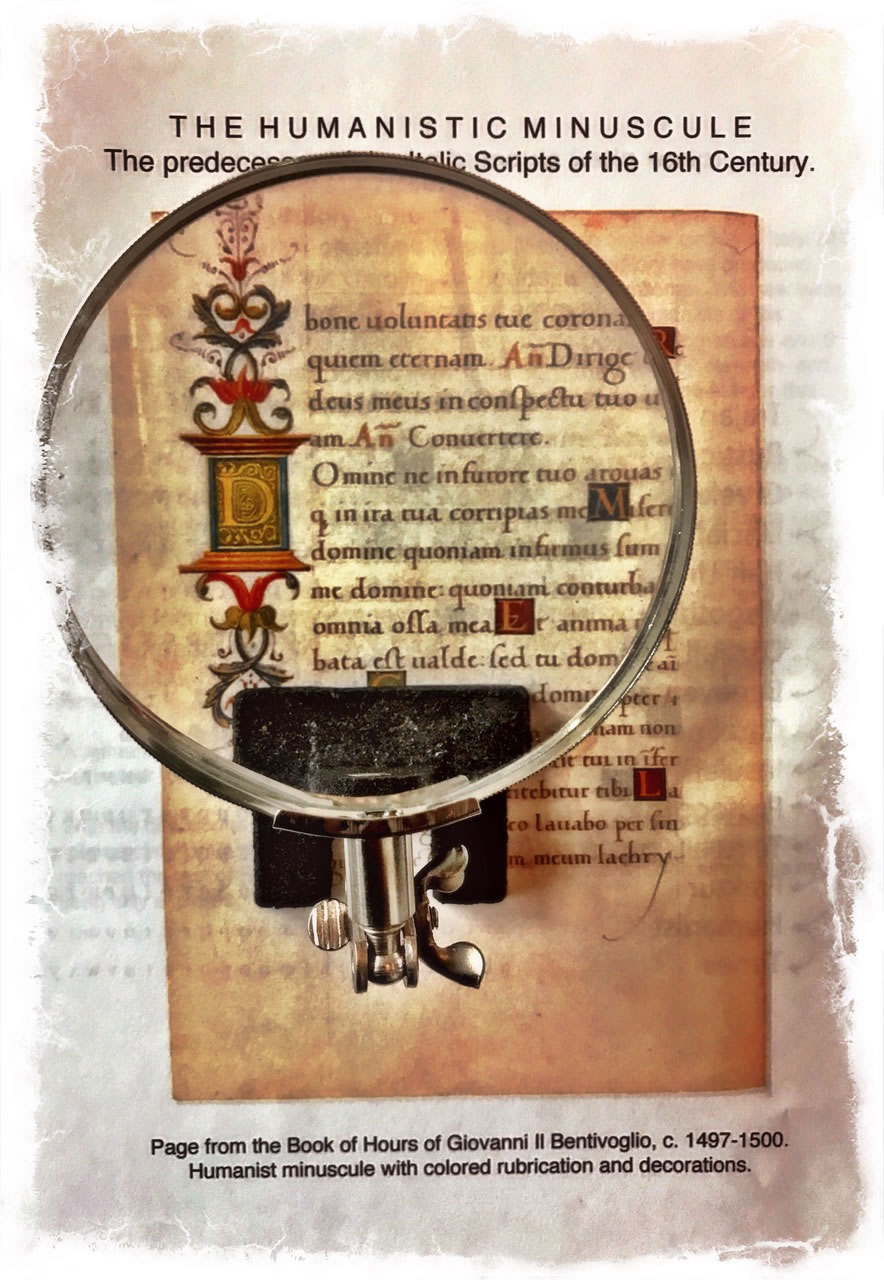
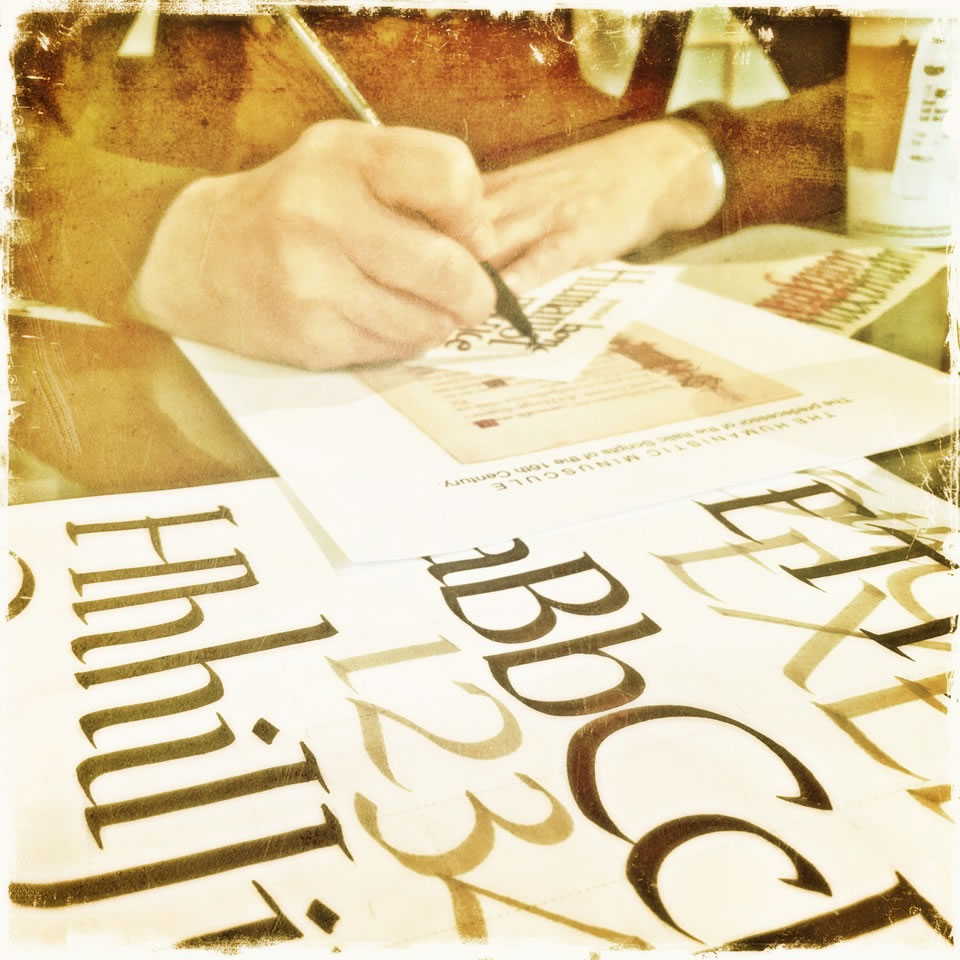
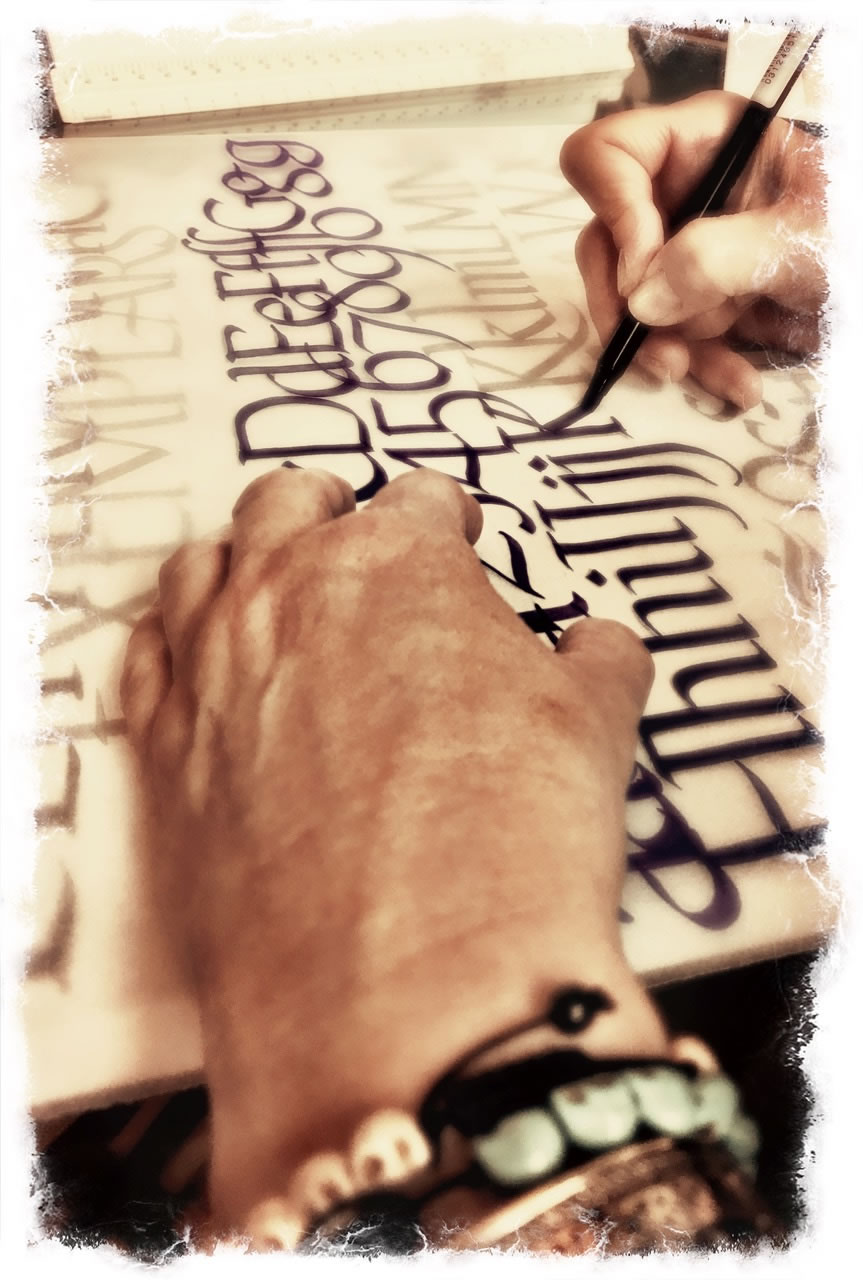
The wild minims of the Beneventans
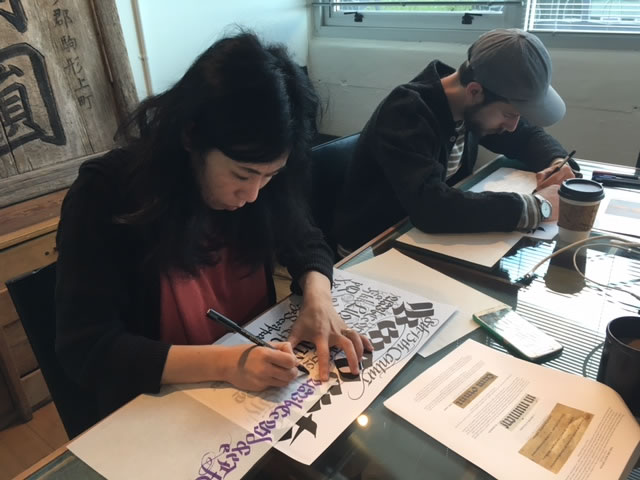
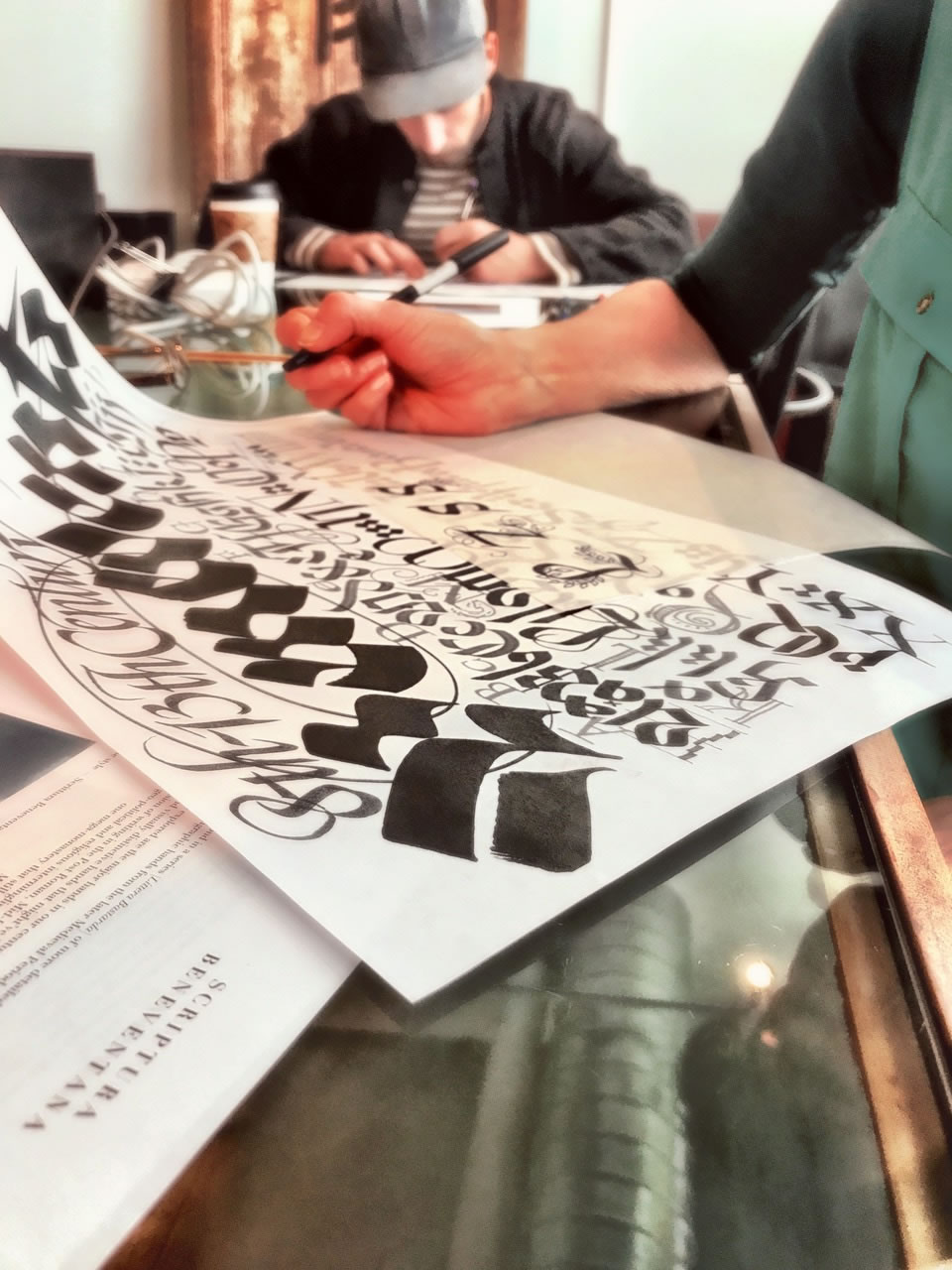
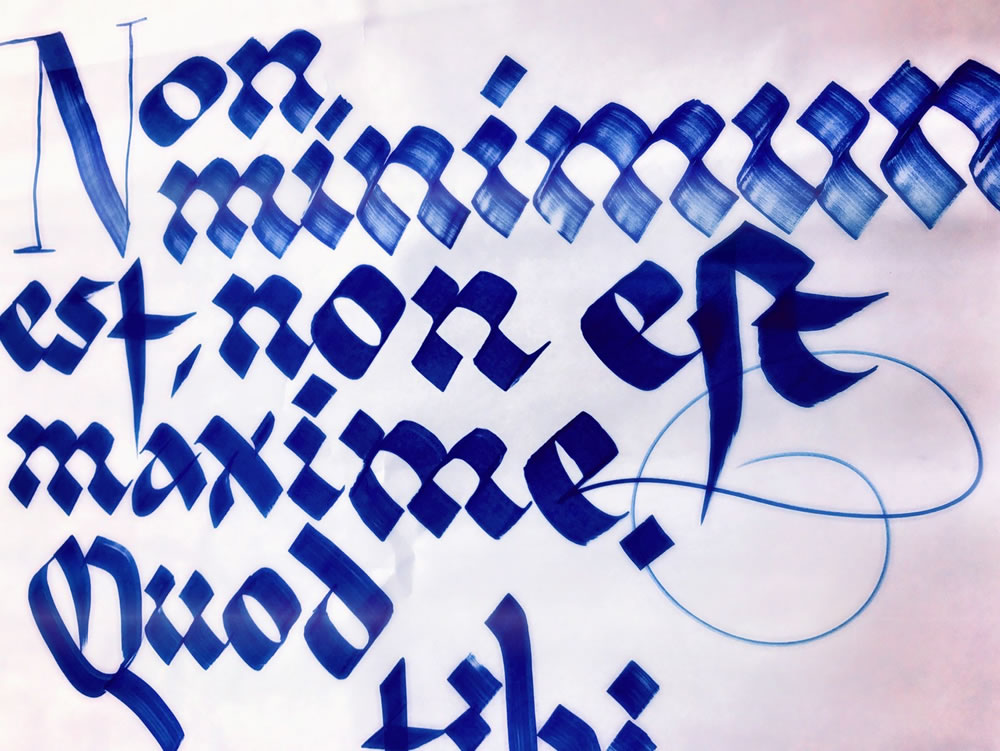
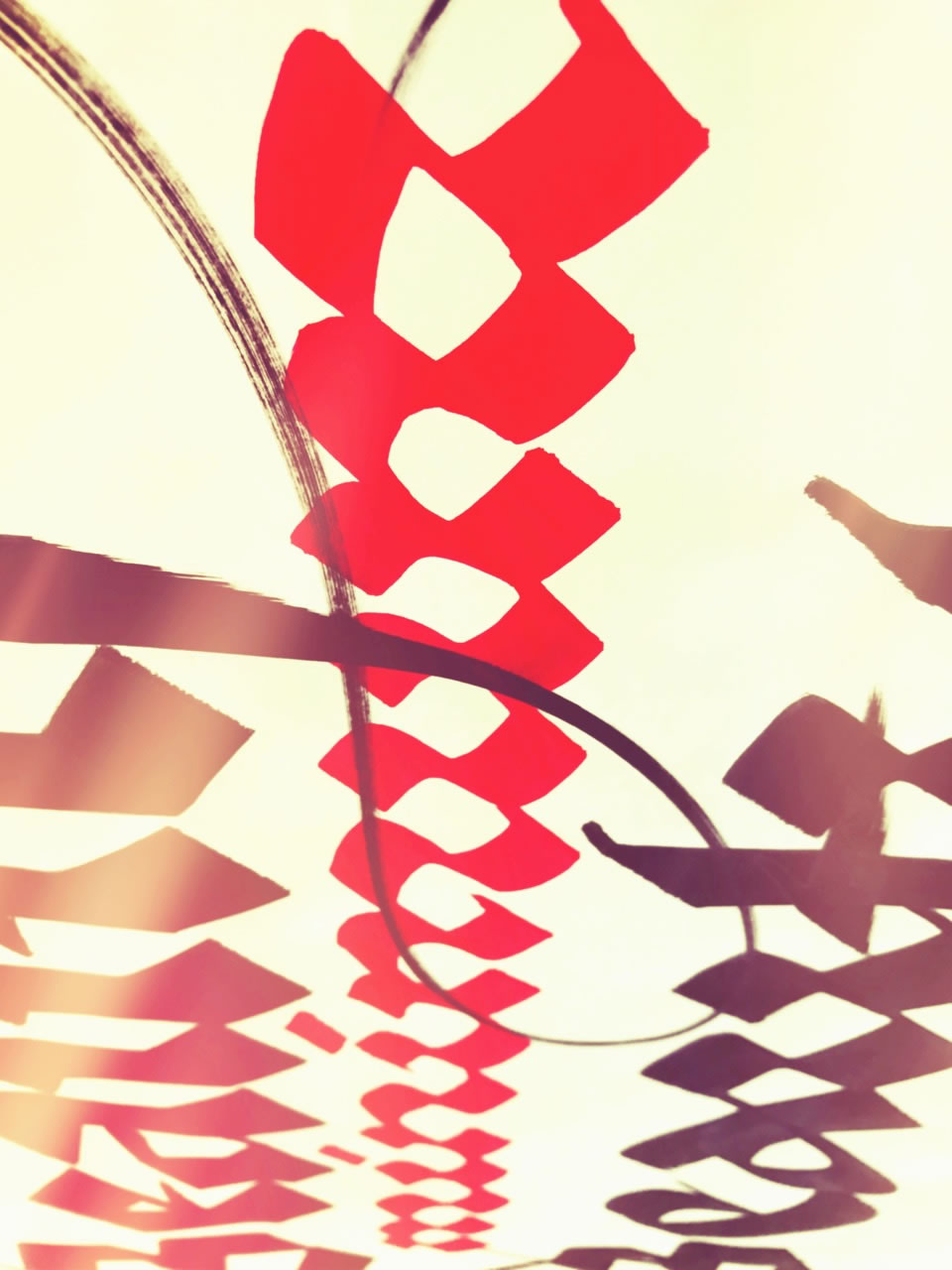
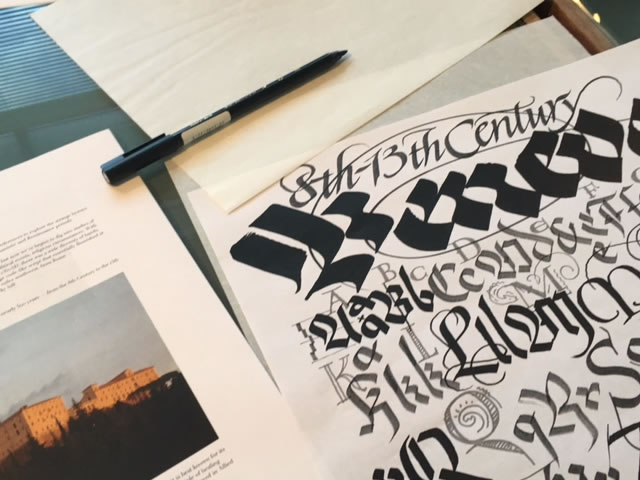
Exploring the concepts of rhythm [and light]
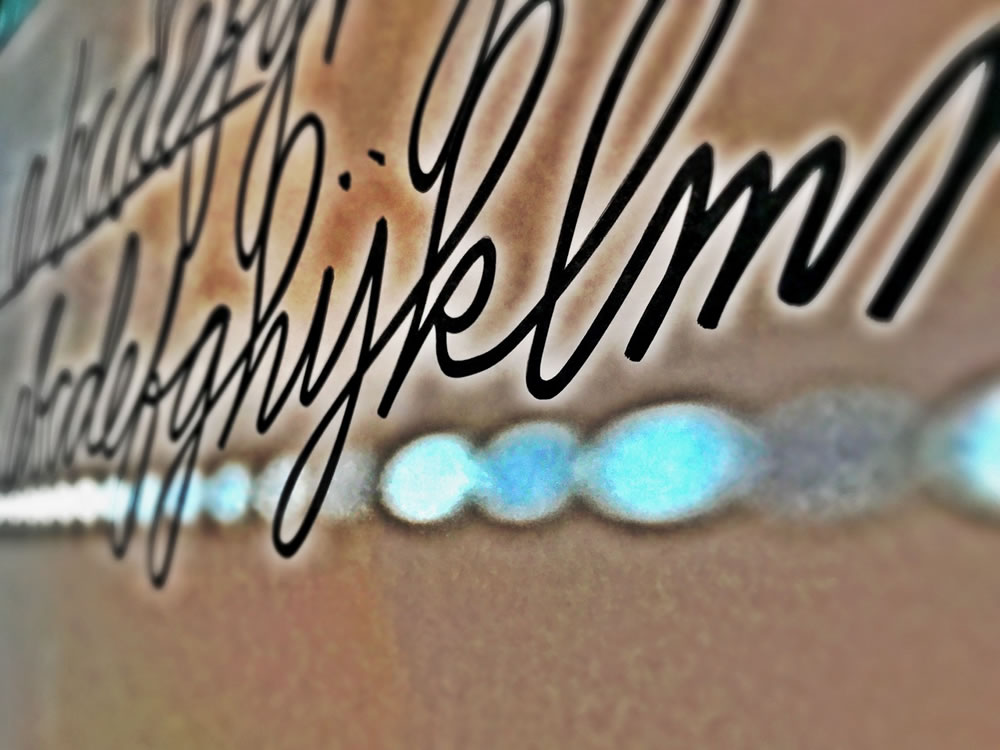
Improvising rubrication
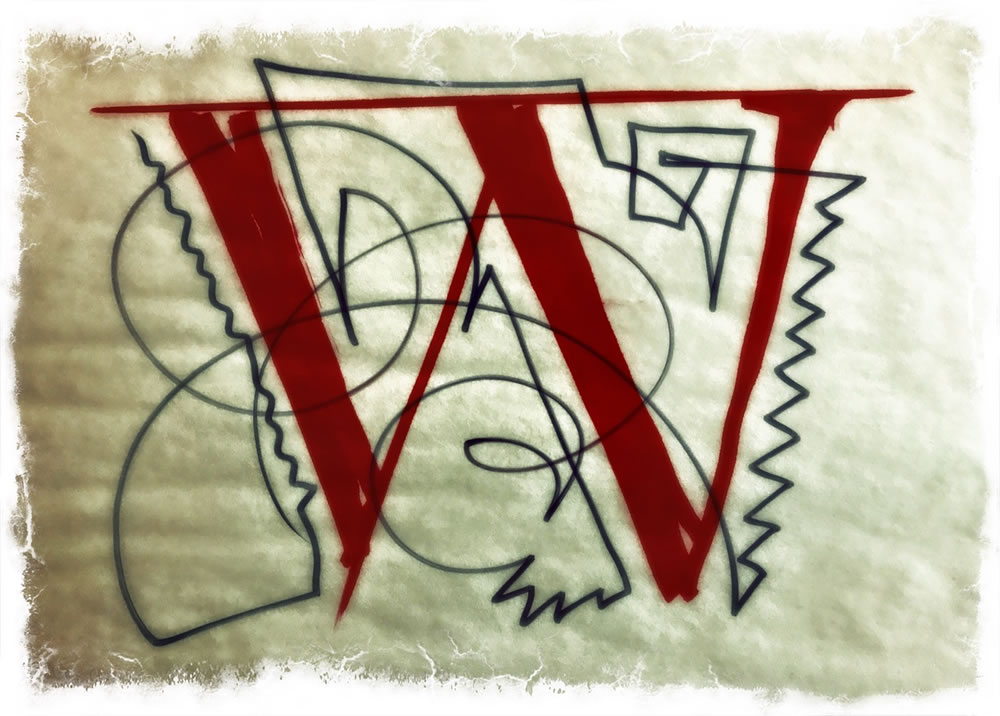
Insular half uncial calligraphy, initials, style multipliers,
finials from Trinity College and The Book of Kells
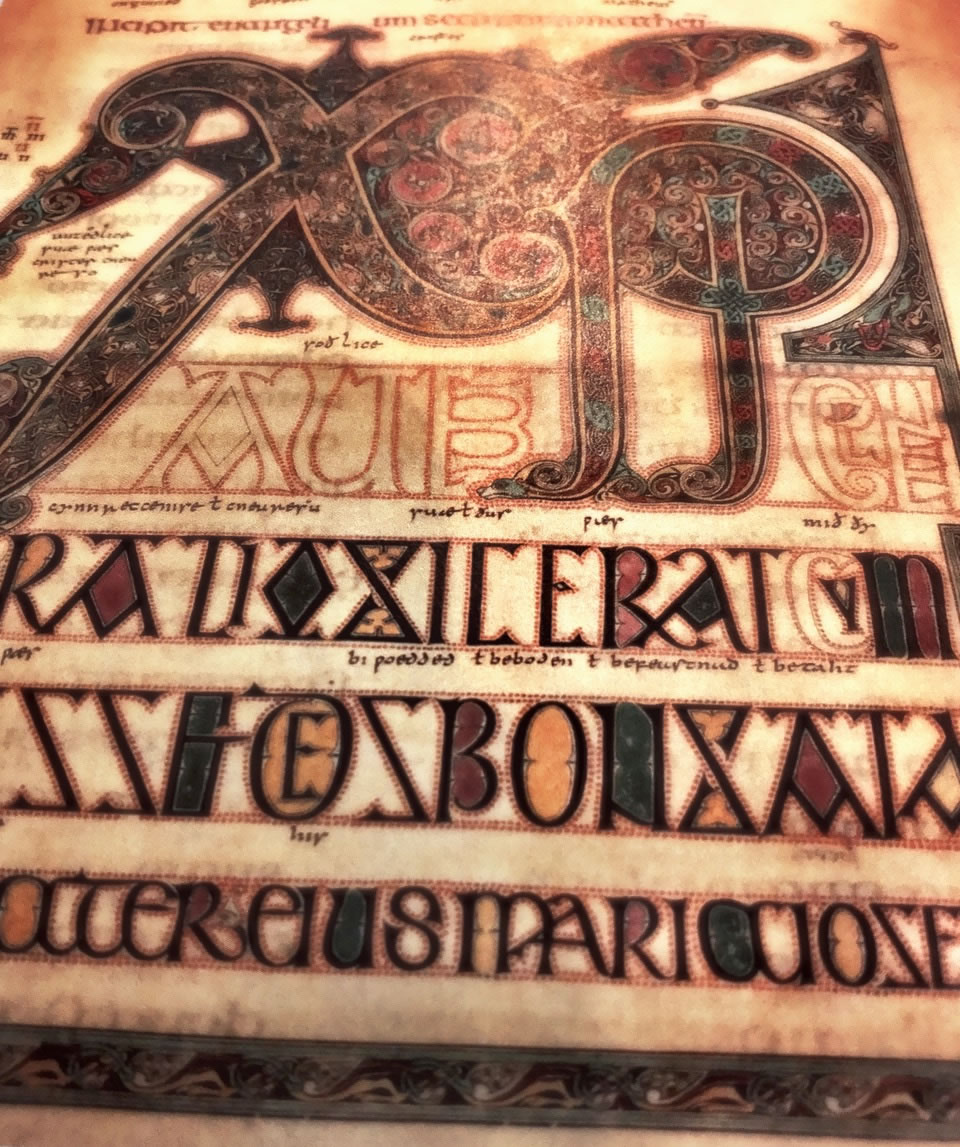
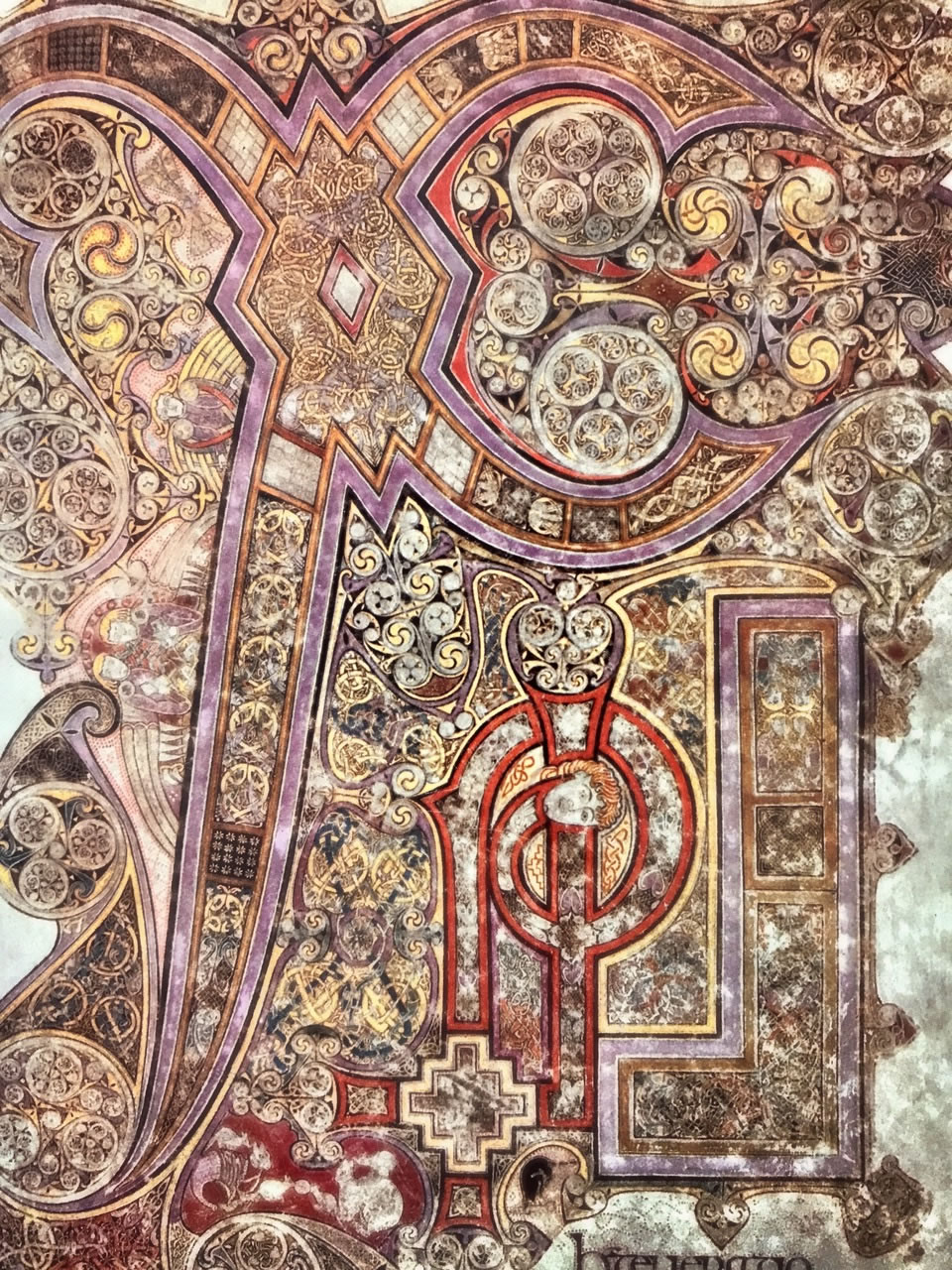
Bastard scrivening
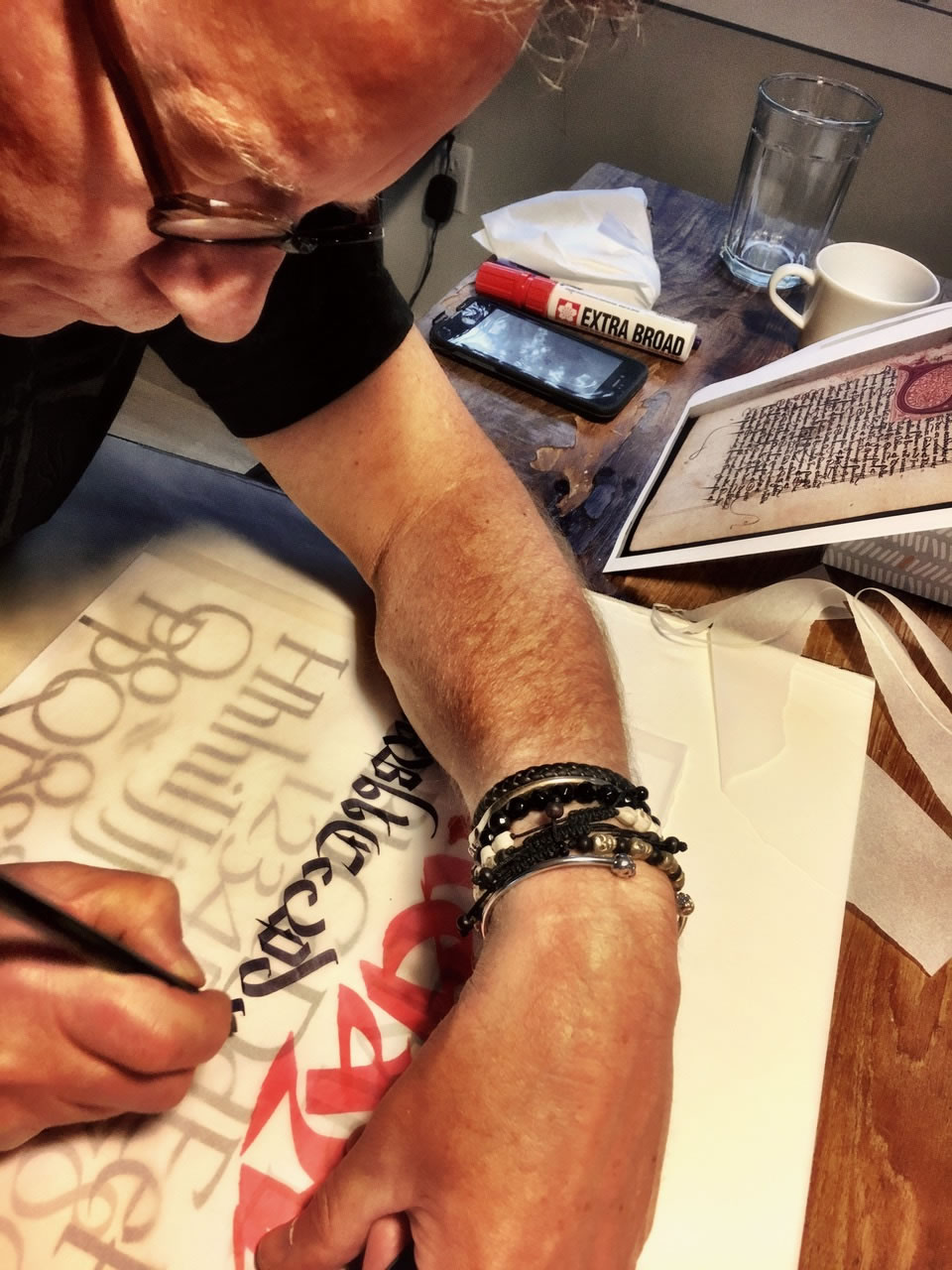

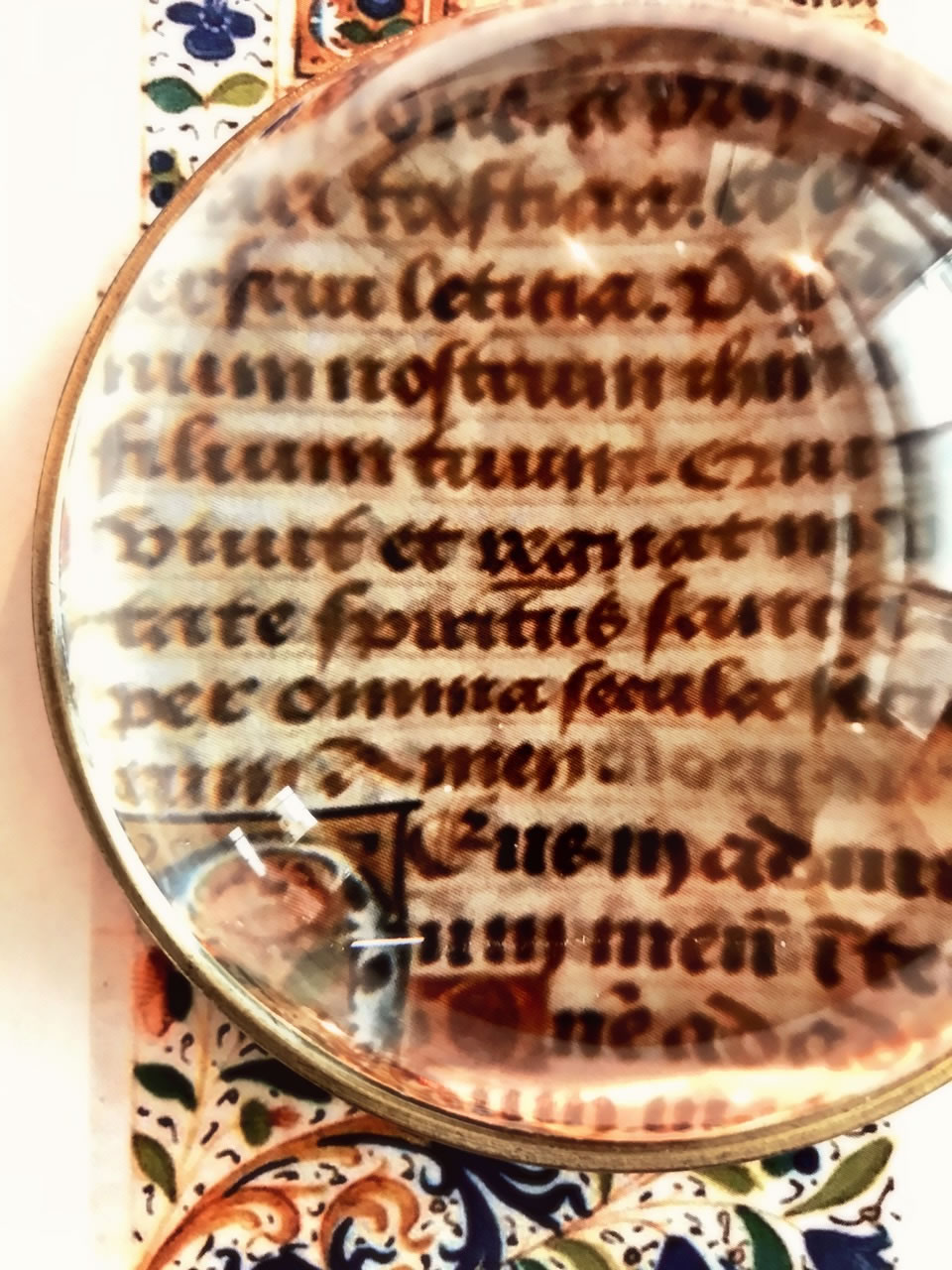
GIRVIN pen tip collections
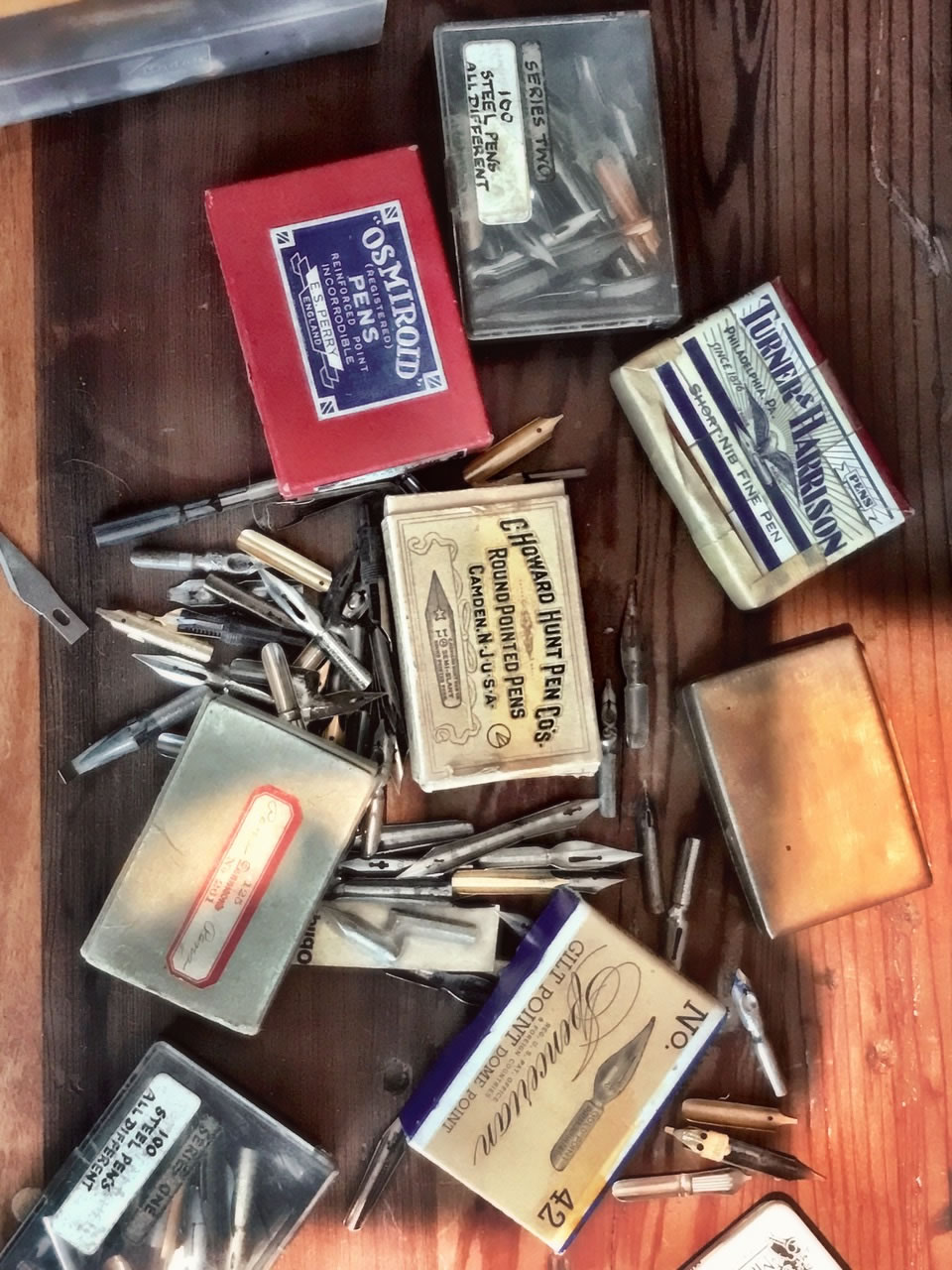
Nel bellissimo stile del maestro calligrafico Ludovico Degli Arrighi
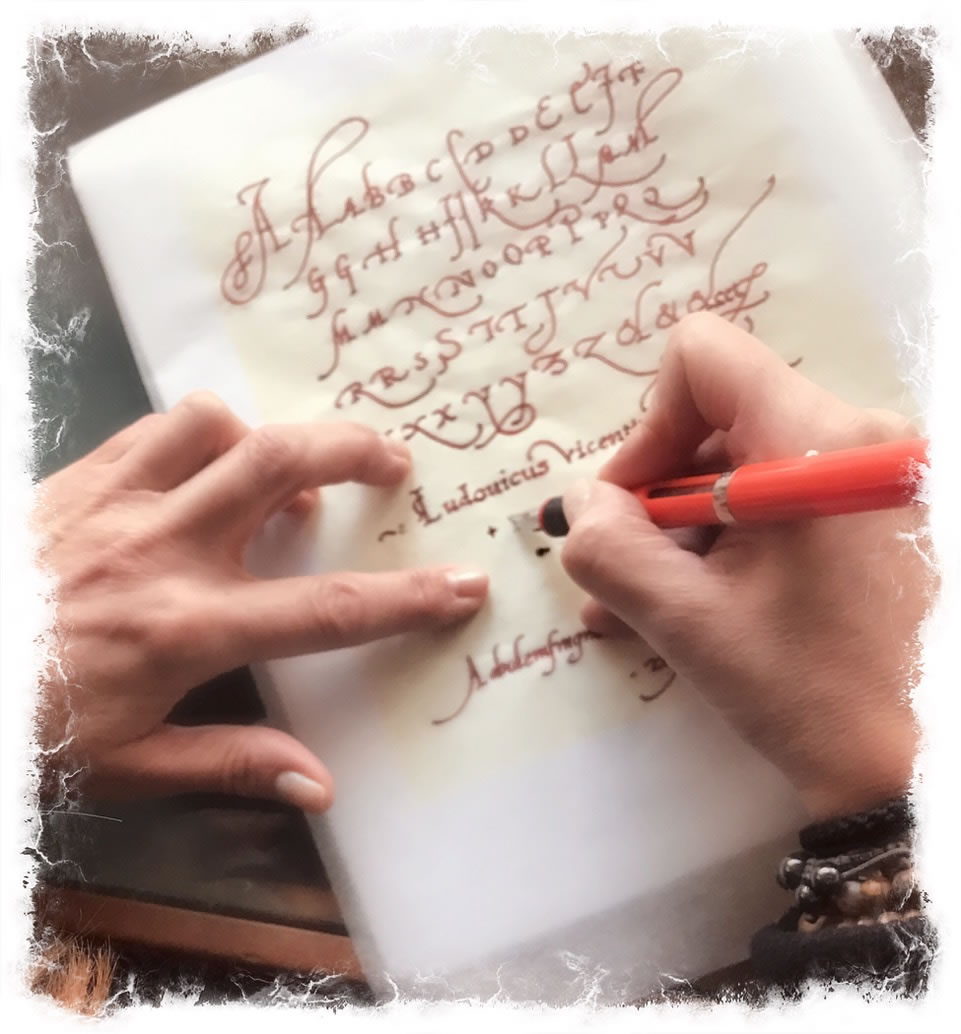
A string of other students, exemplars and references
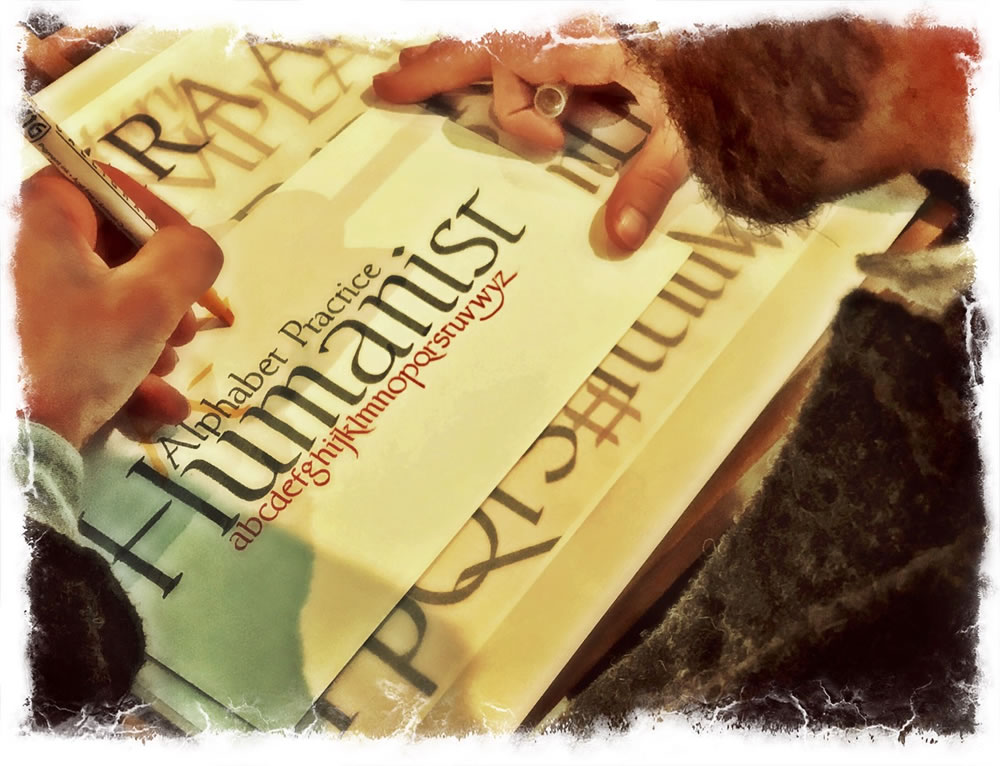
The Bastard Script
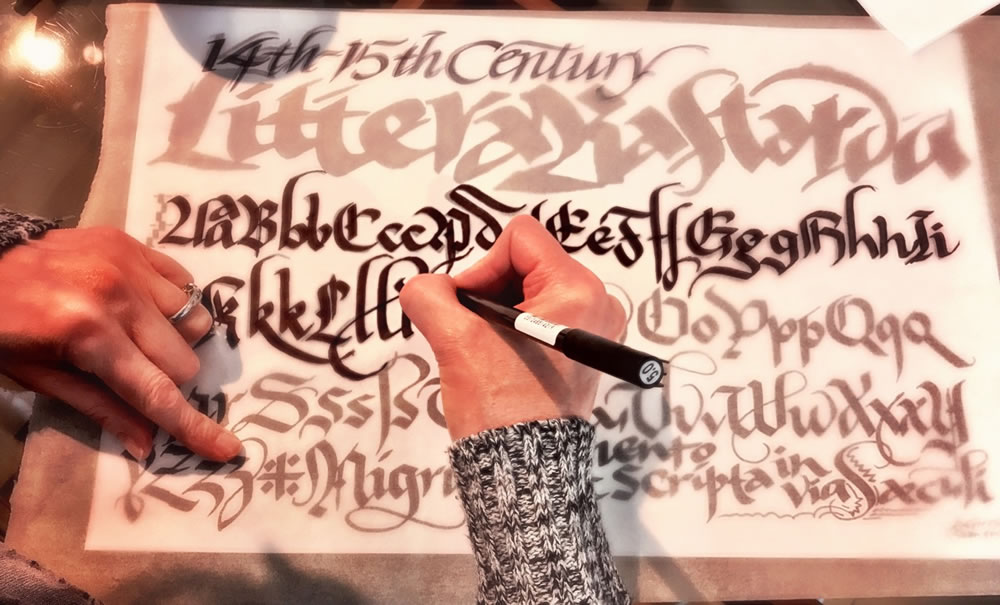
Stacking and staggering the script of Alcuin of York
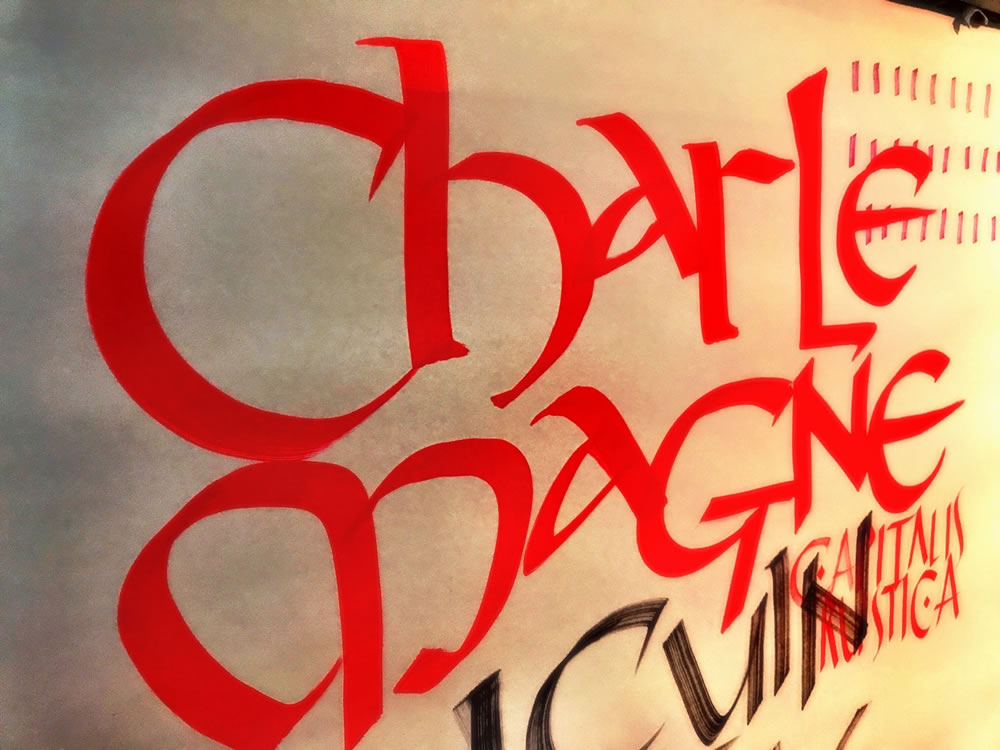
The swing of the Italian Renaissance, Cancelleresca corsiva
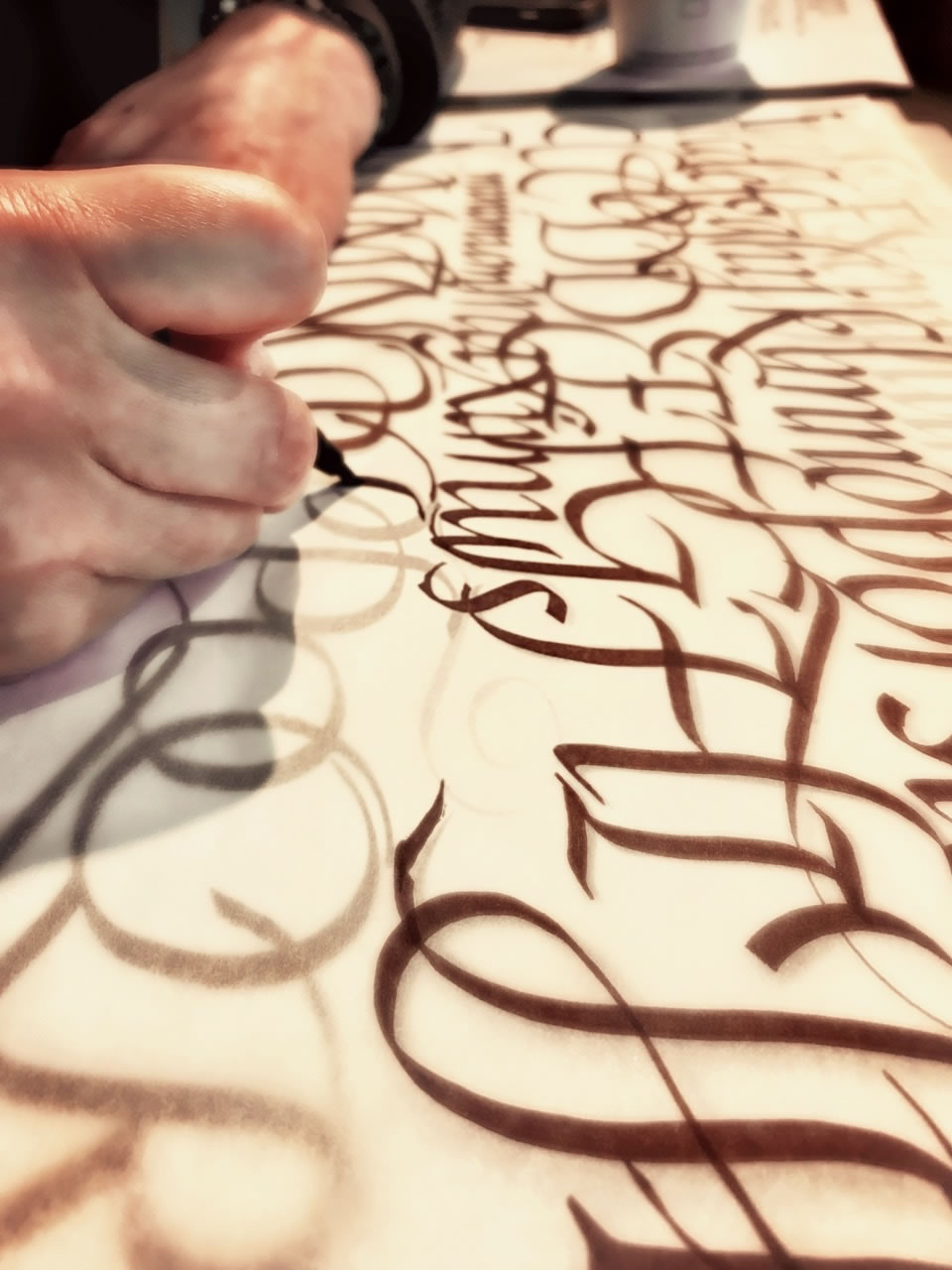
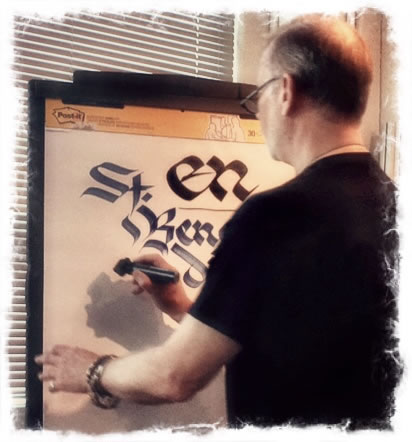
Journey is as journey does — where you go is what you make of it.
And going back, that could be a casual stride and cursory glance.
Or it could be an full-on investigation.
TIM | GIRVINOSEANSTUDIOS
––––
THE STRATEGY OF LUXURY
BRAND STRATEGY, DEVELOPMENT + DESIGN
Girvin Strategic Luxury: http://bit.ly/NwMv46
Girvin Brand Luxe Thinking: http://bit.ly/gTW5HZ